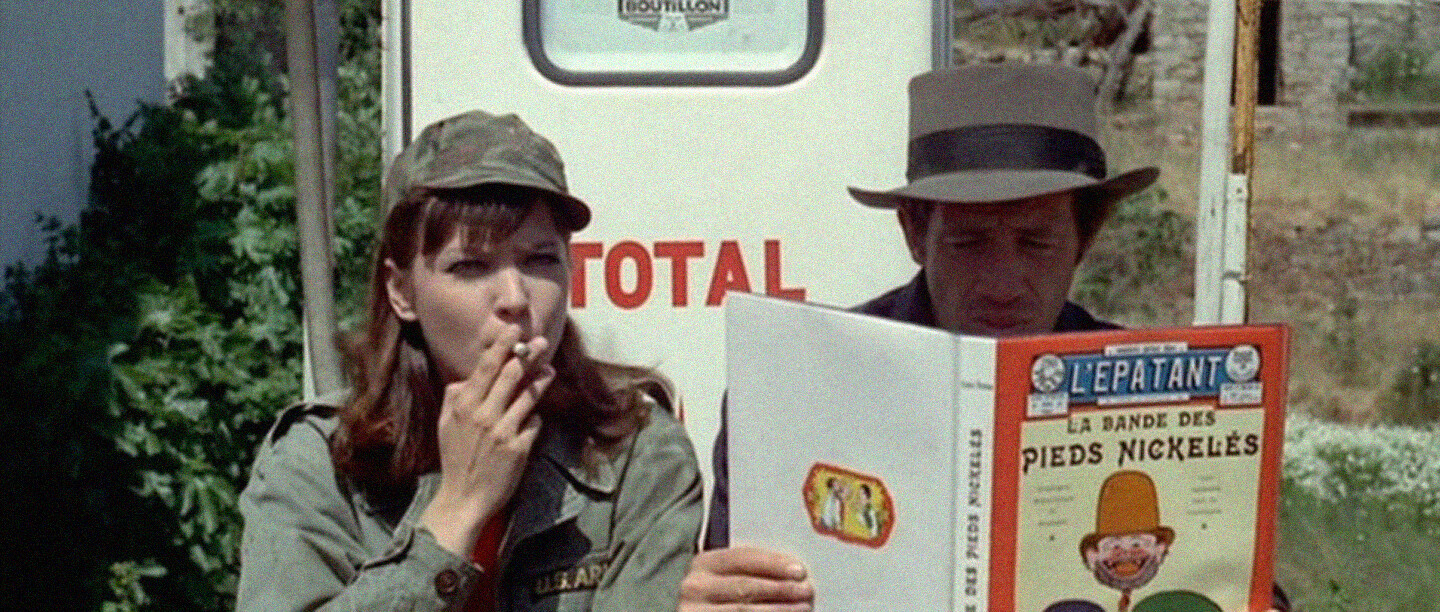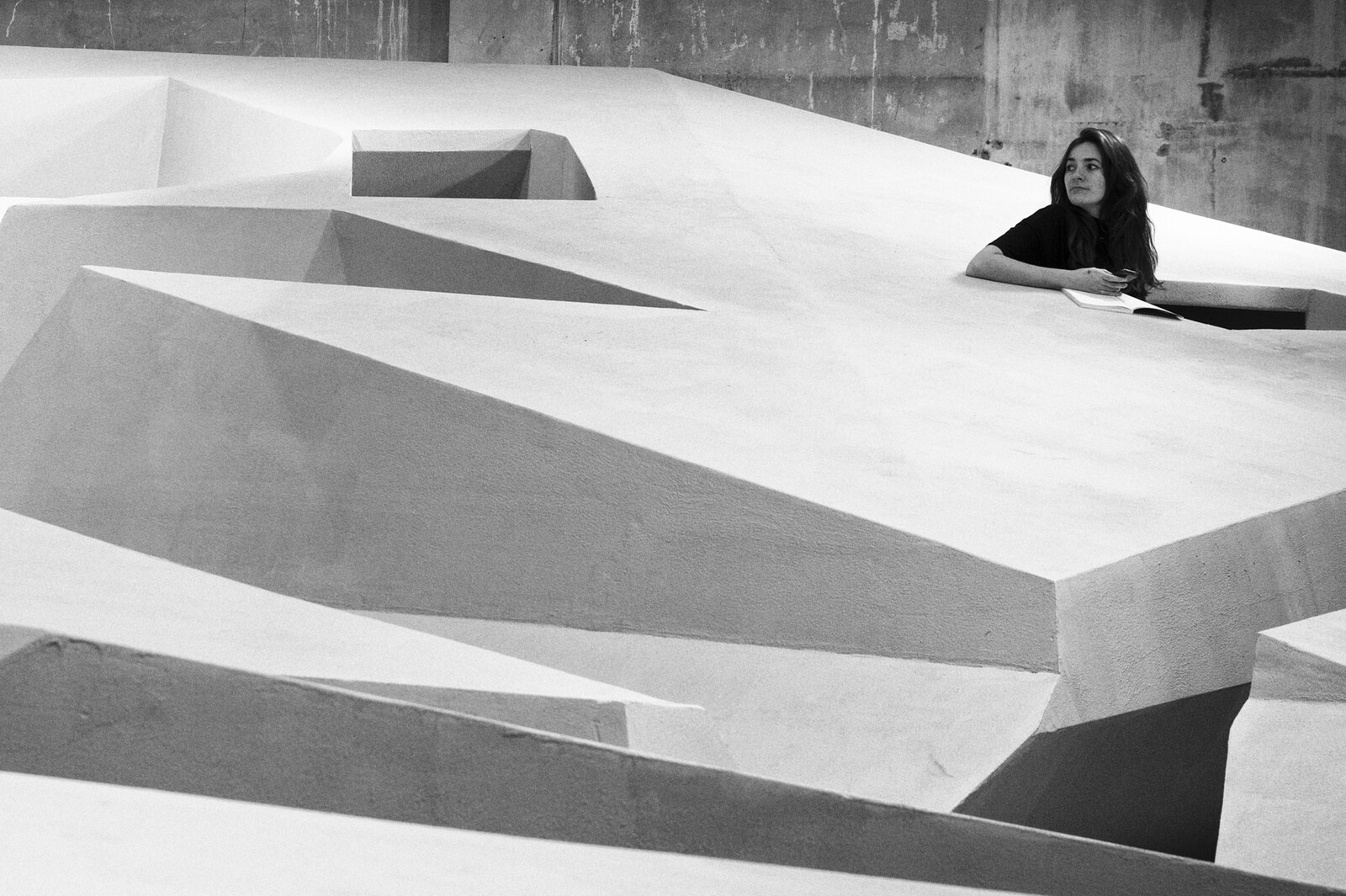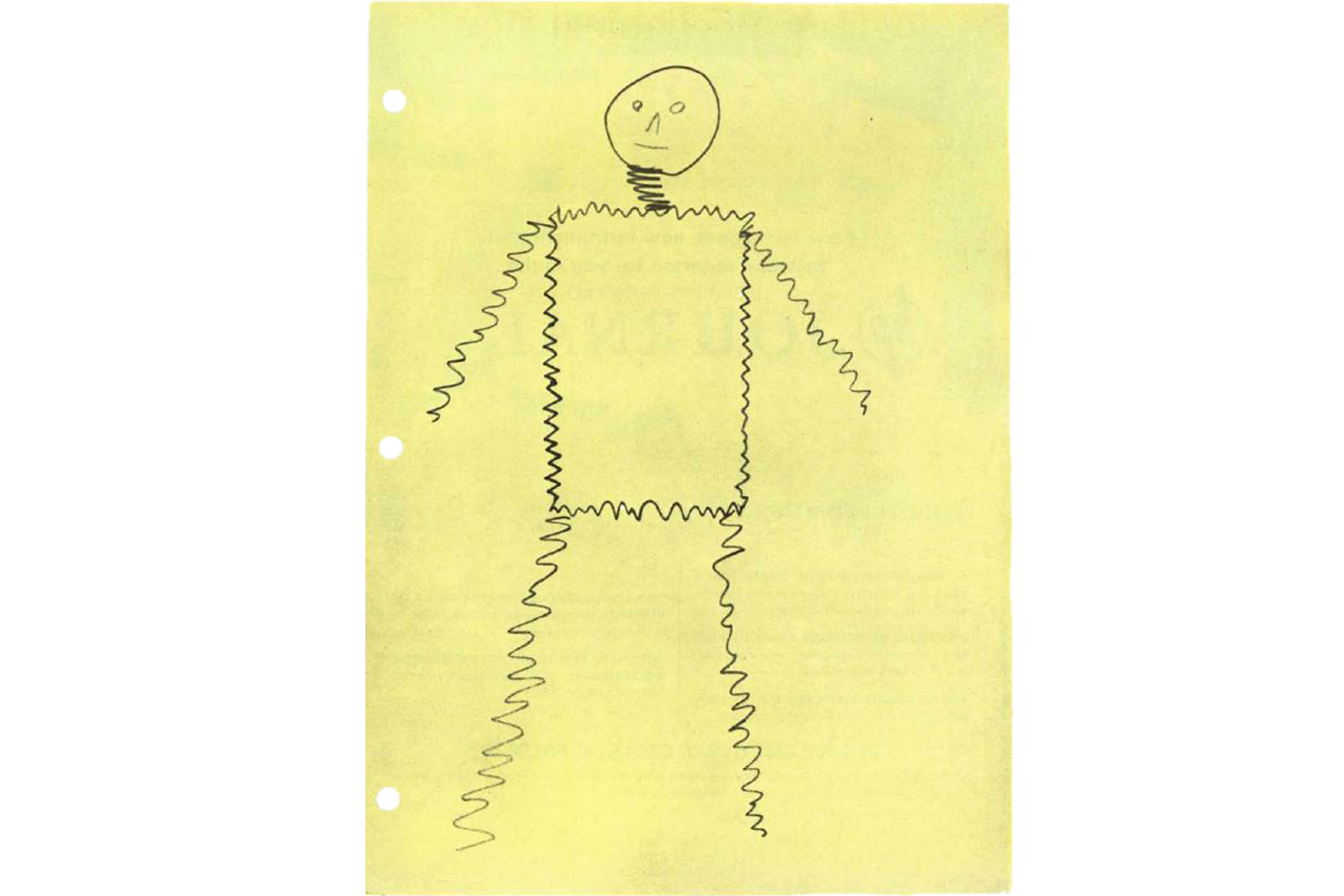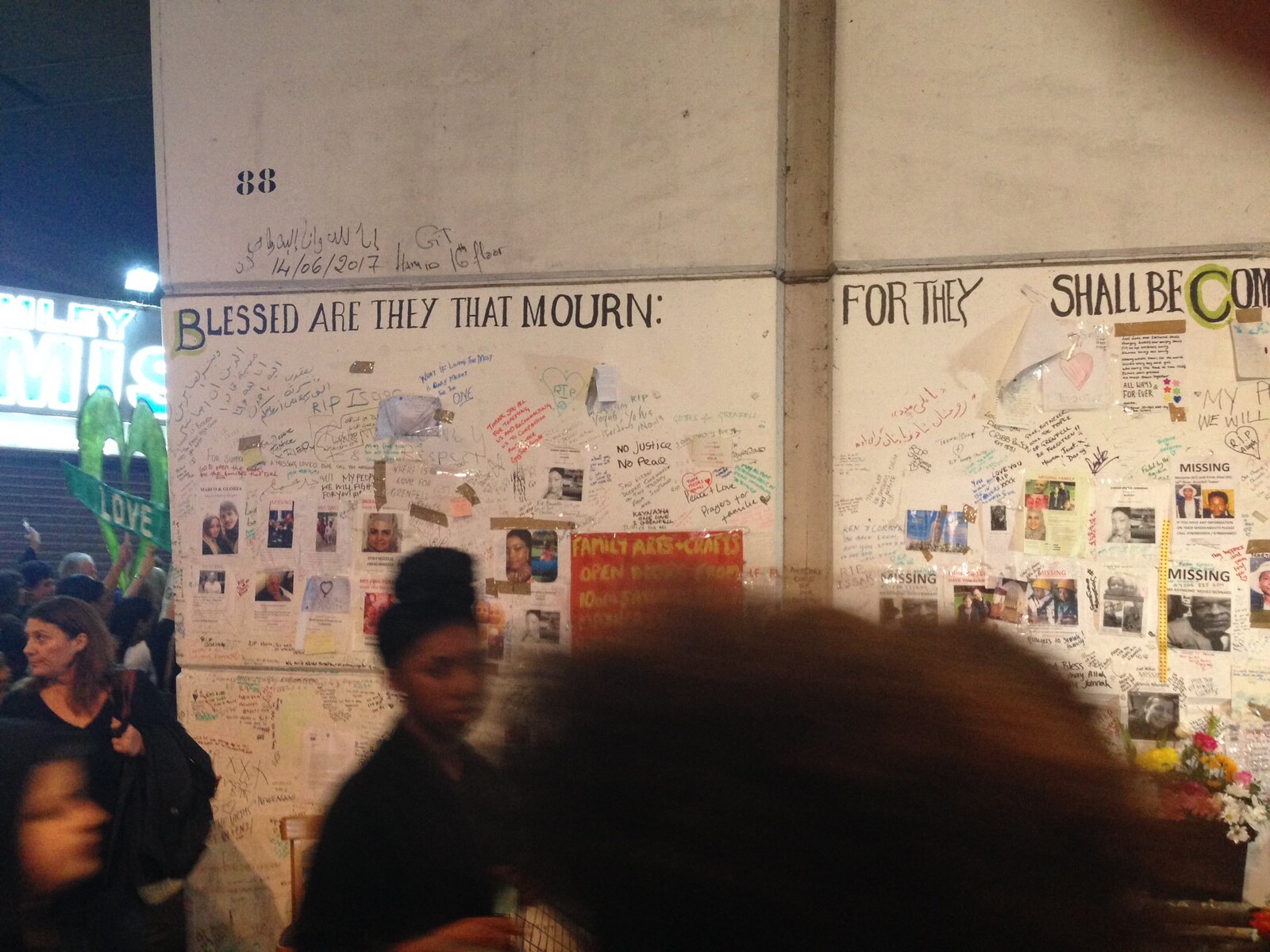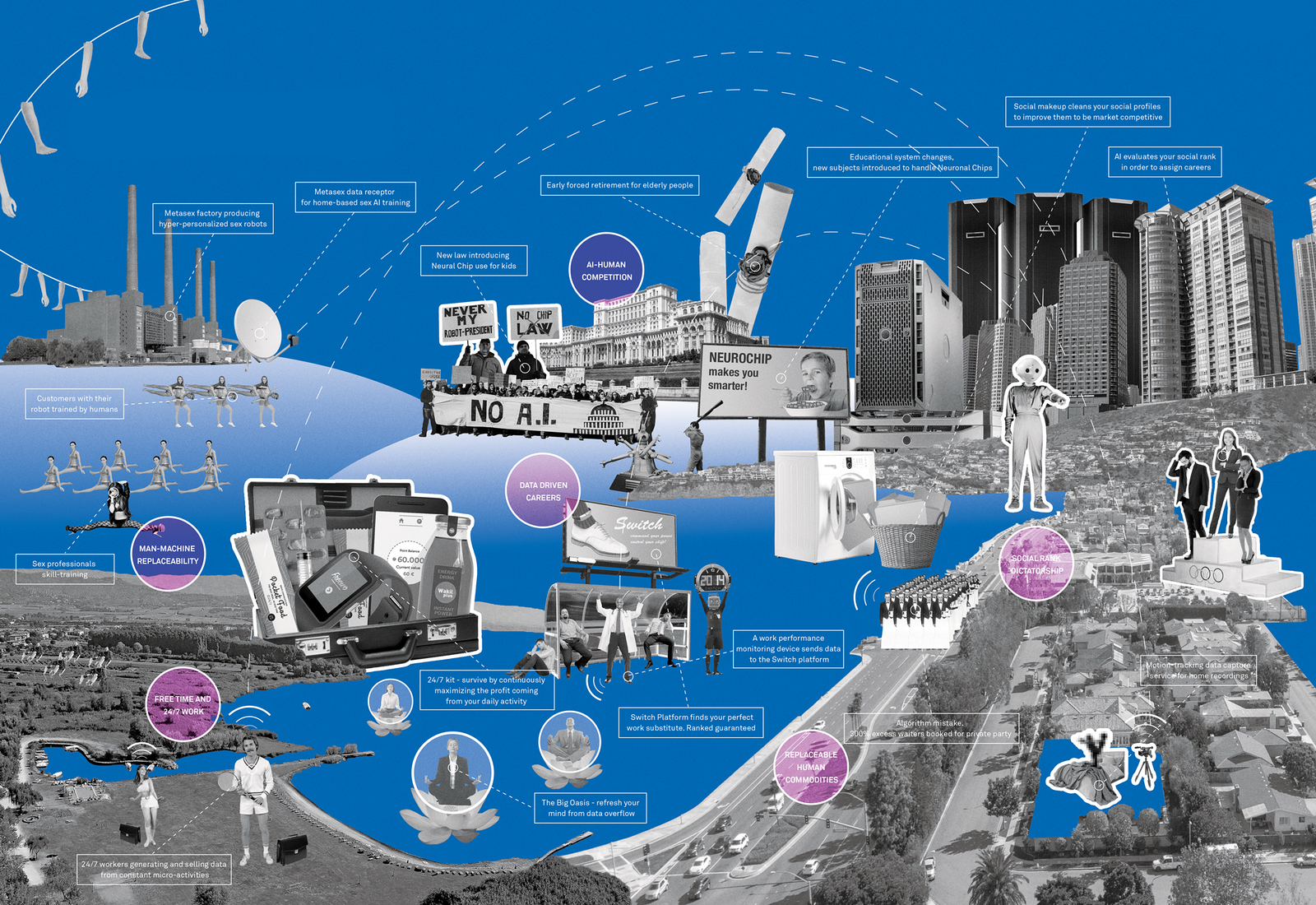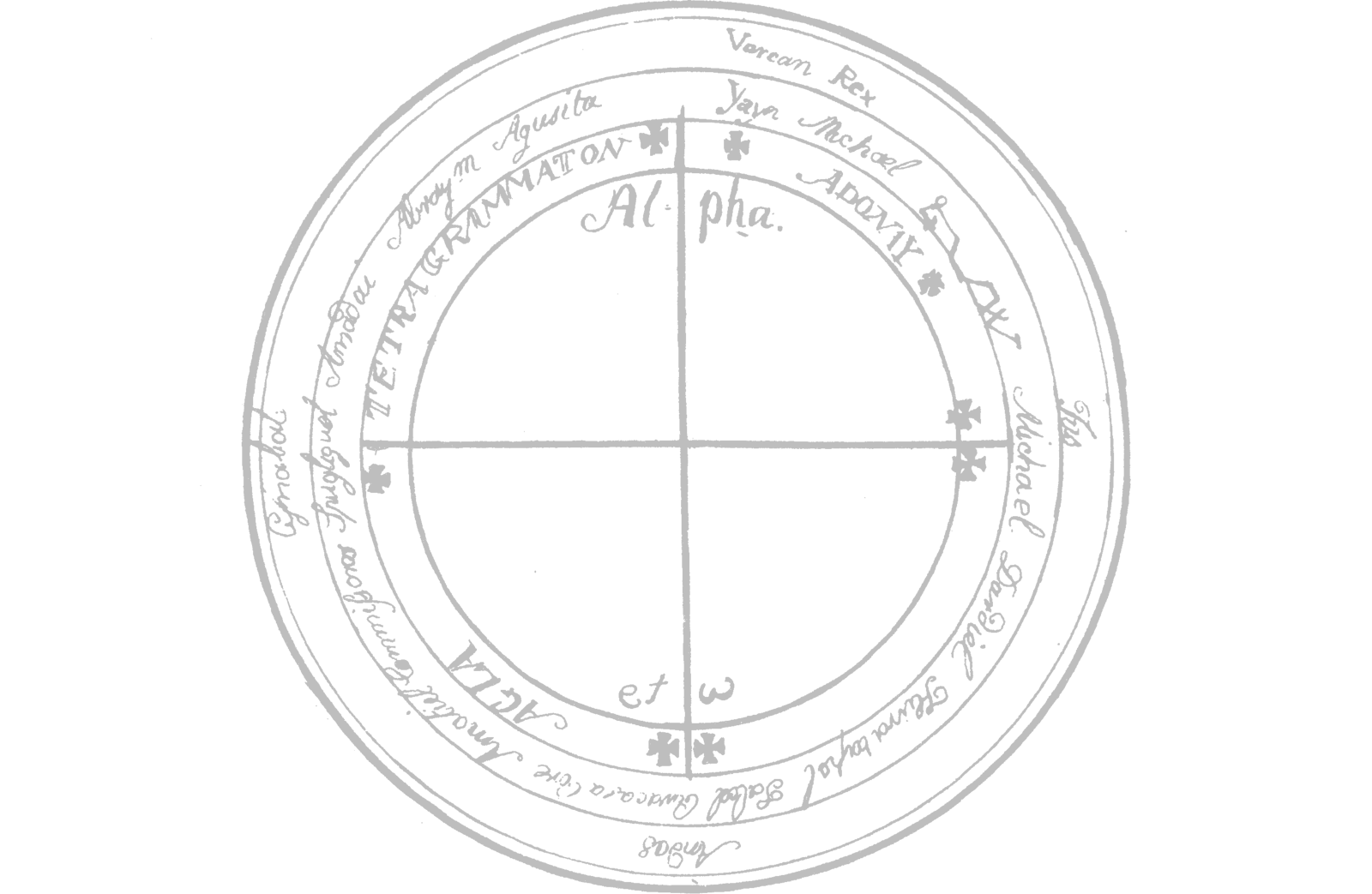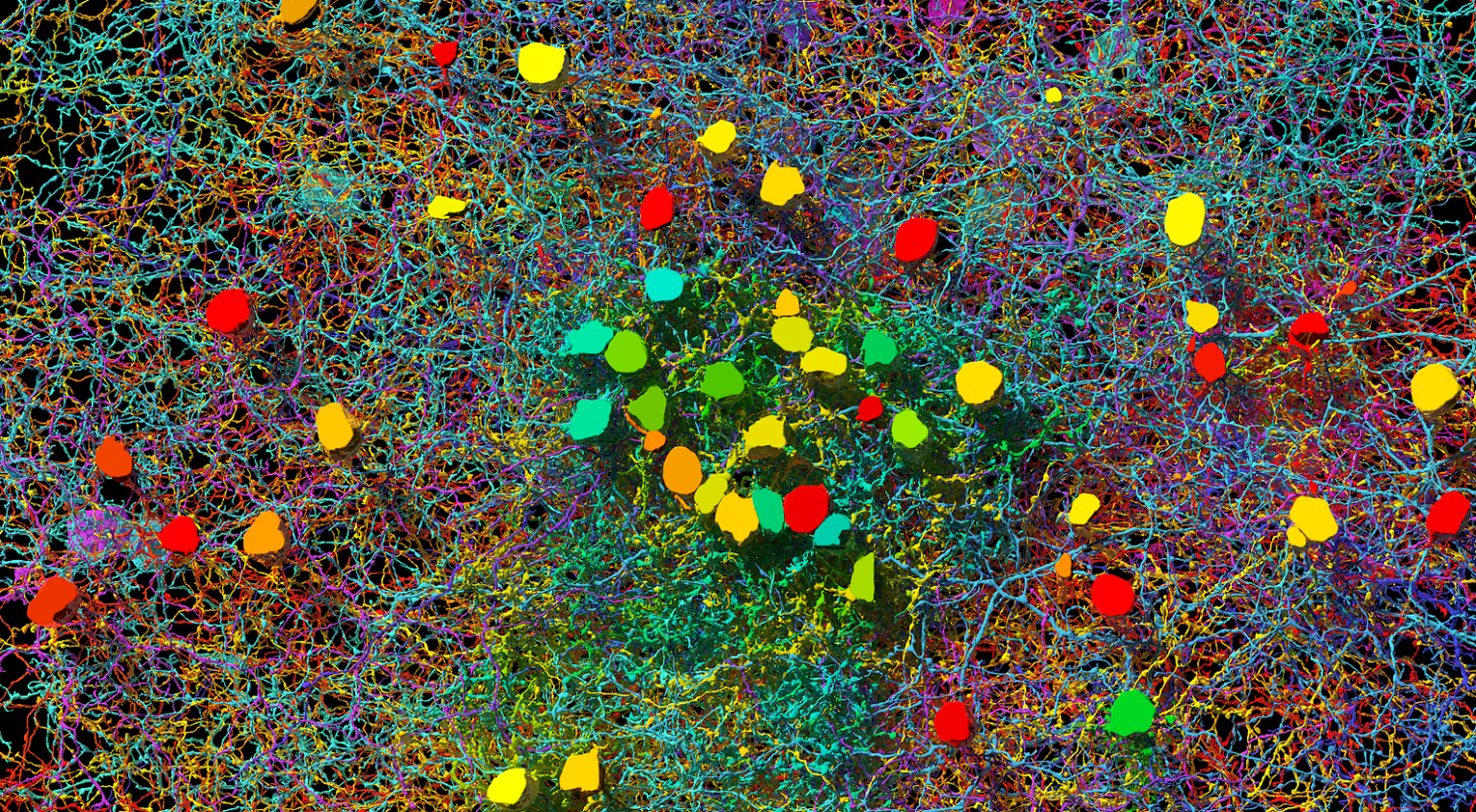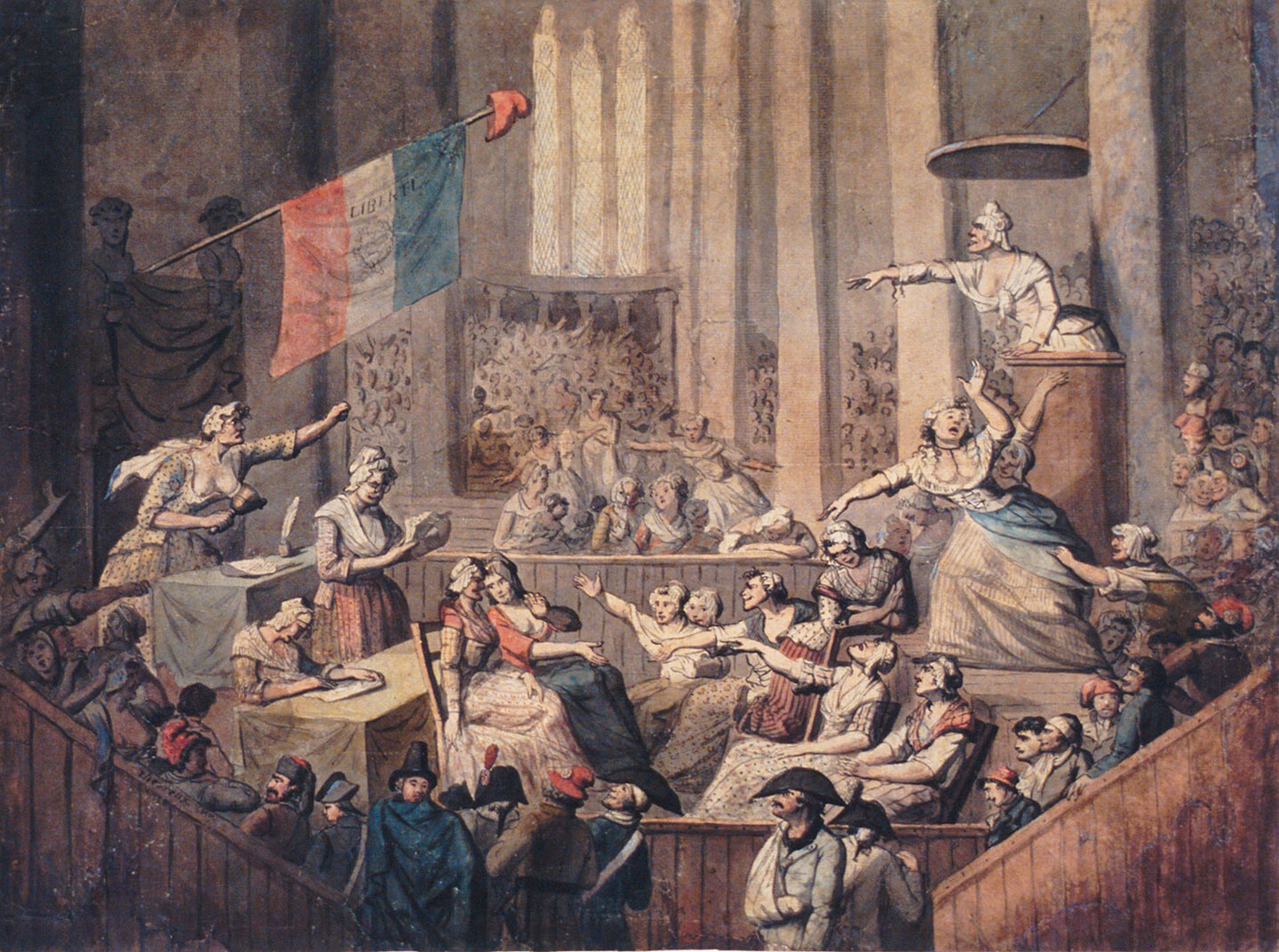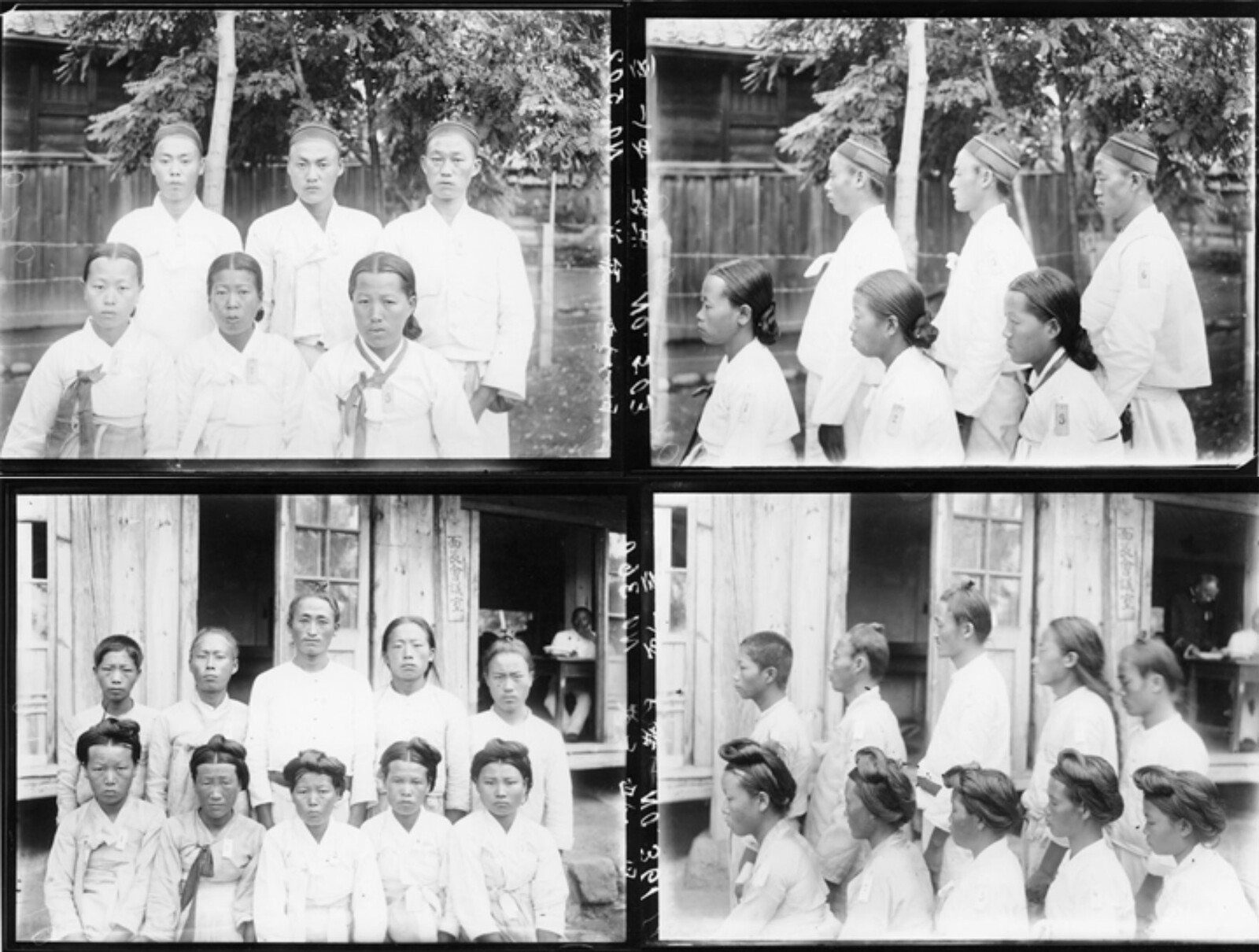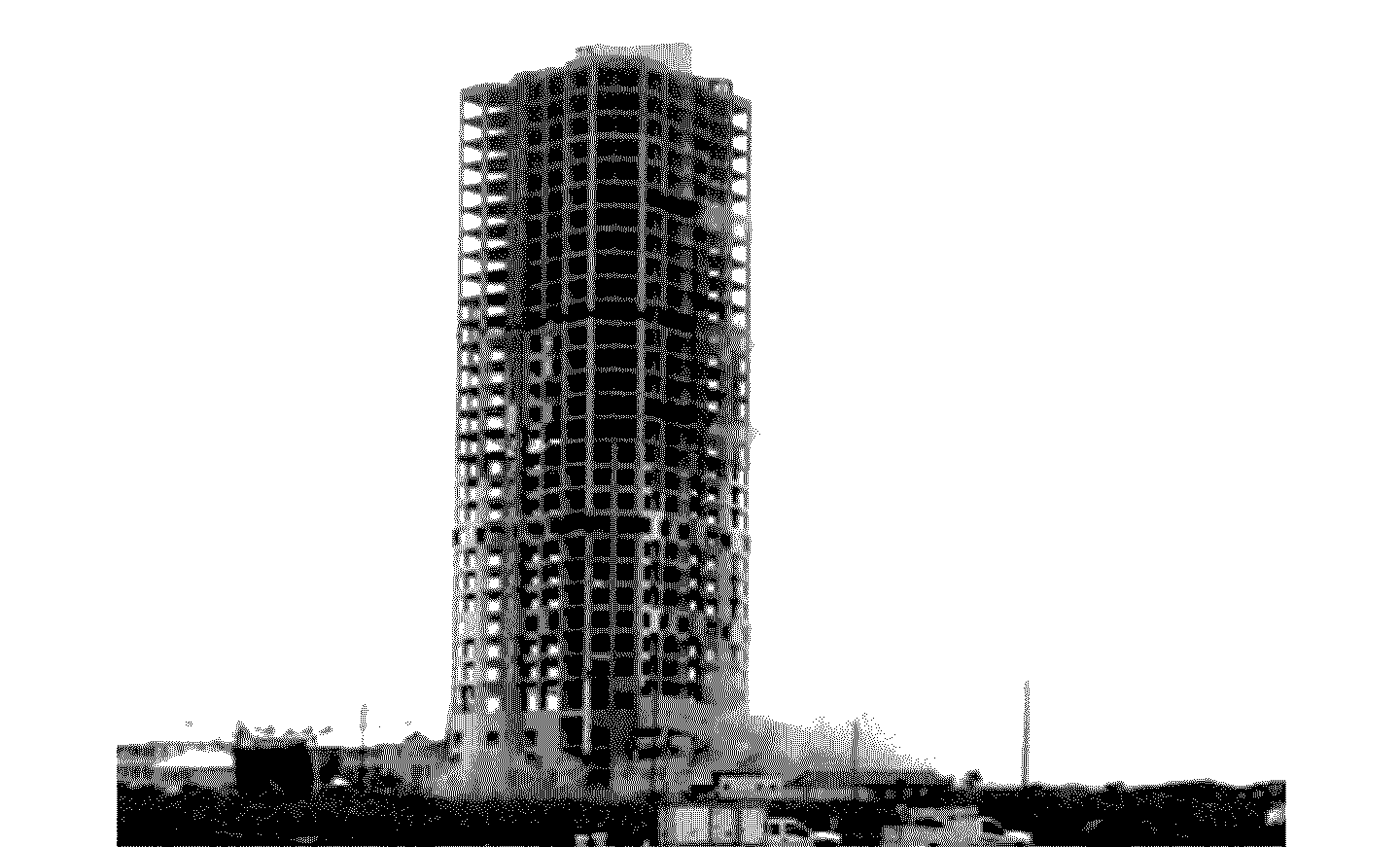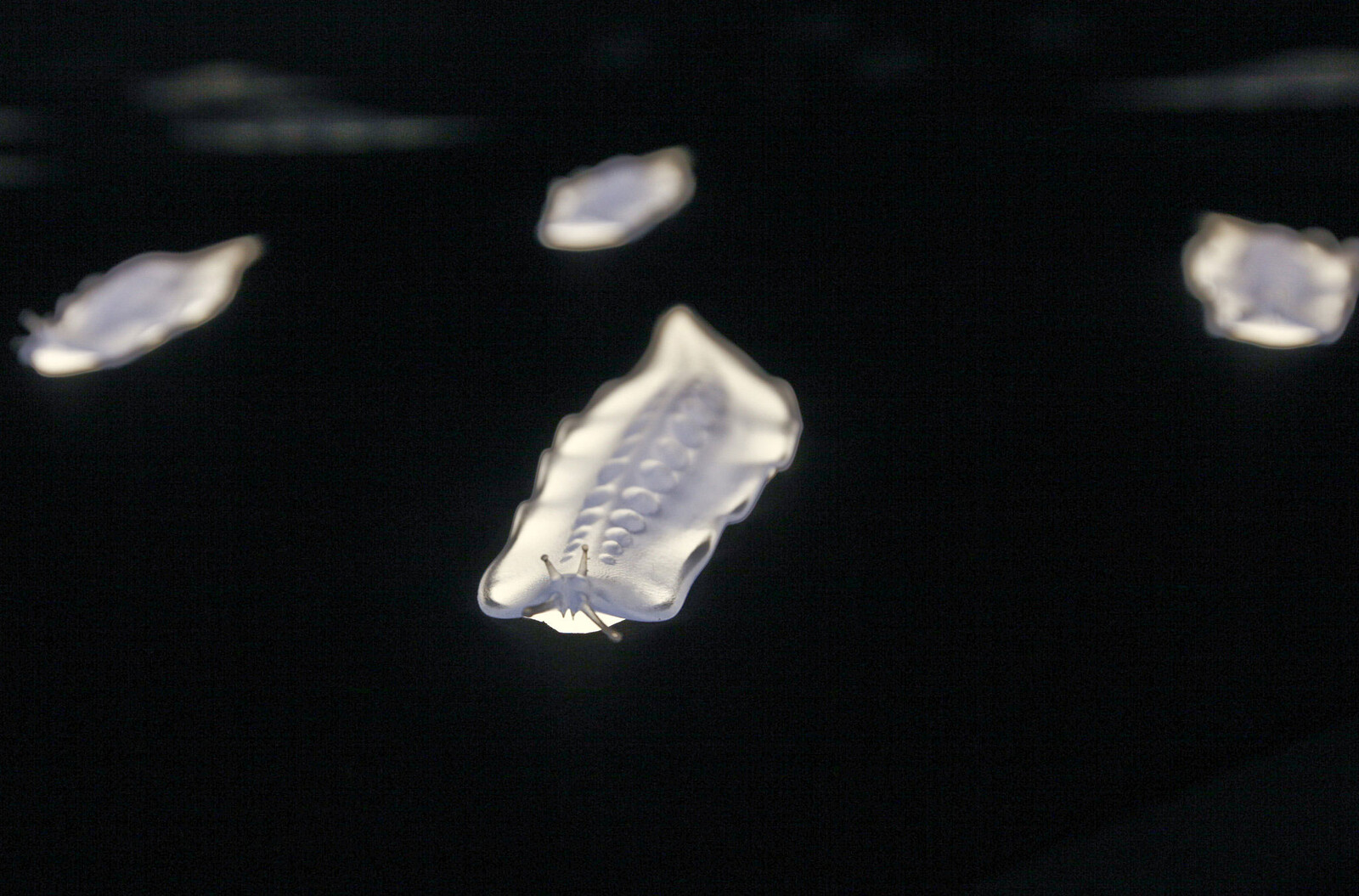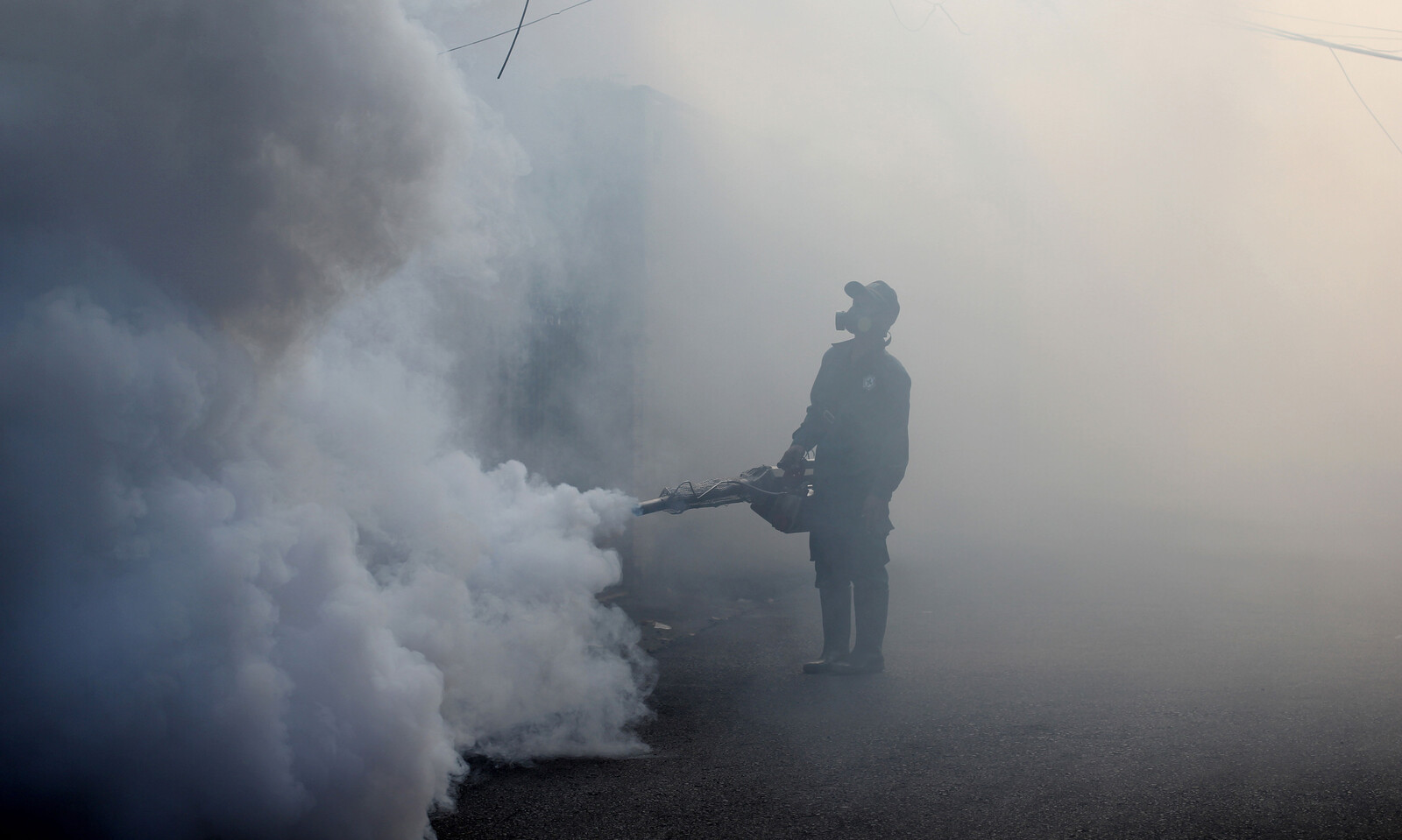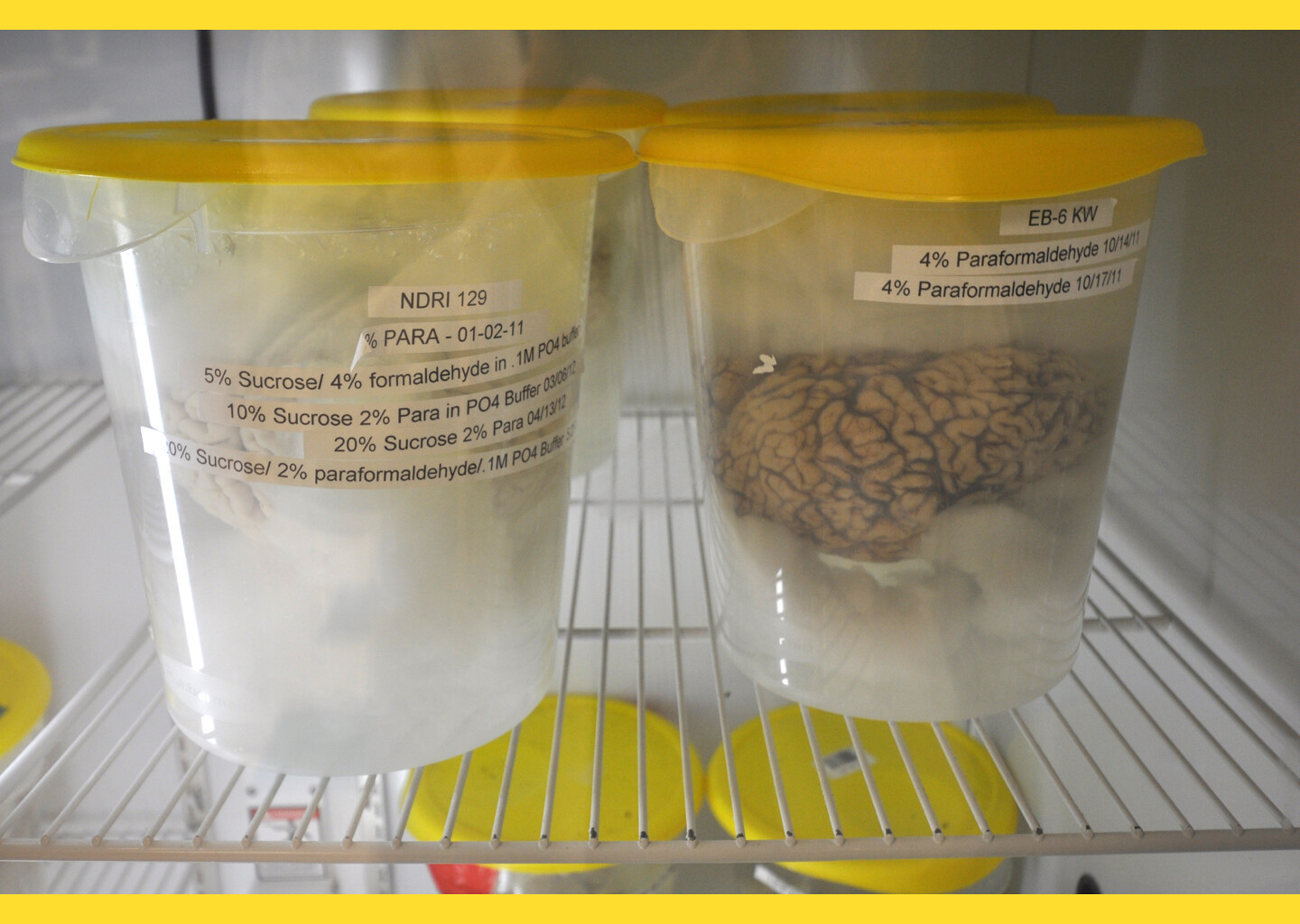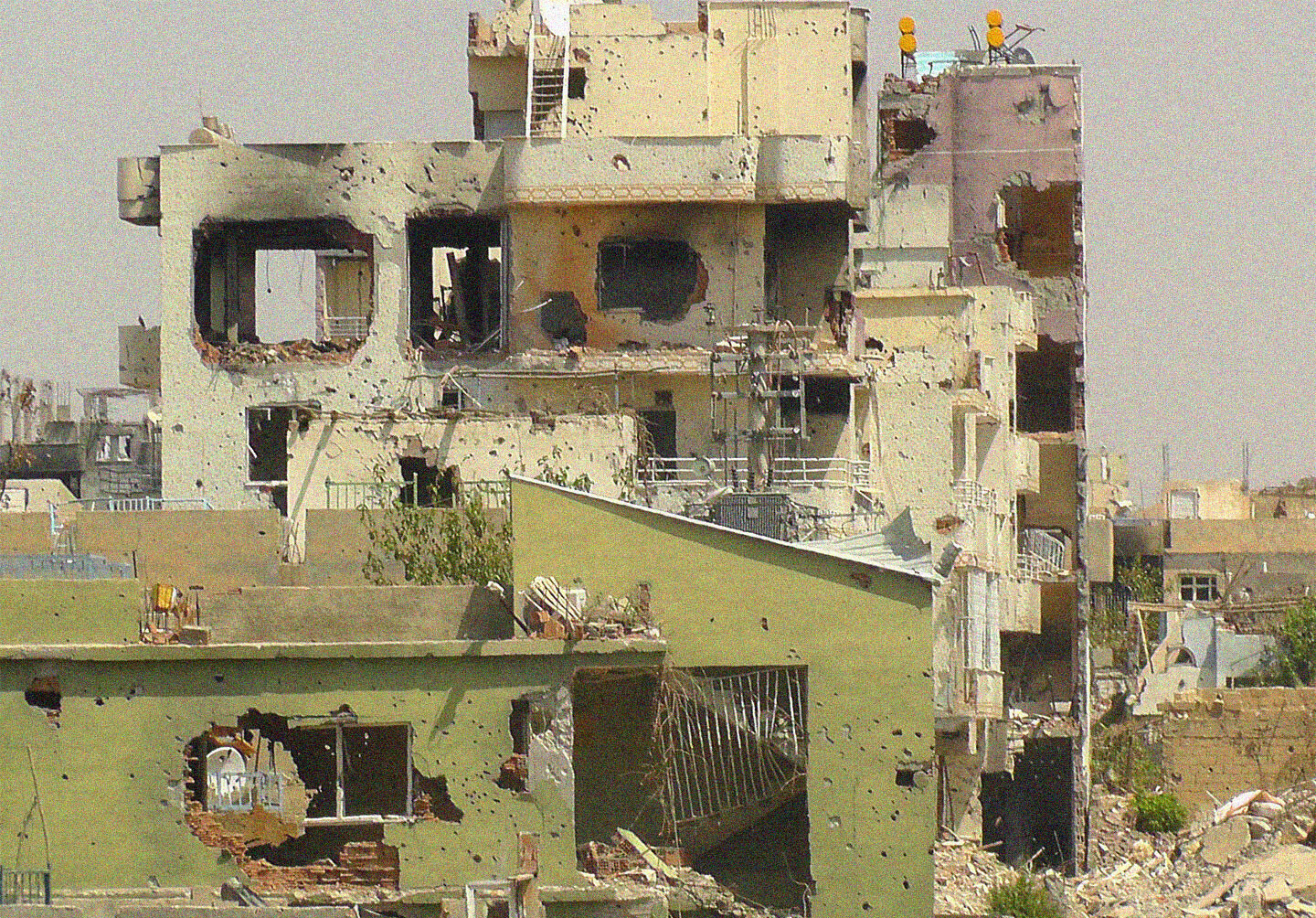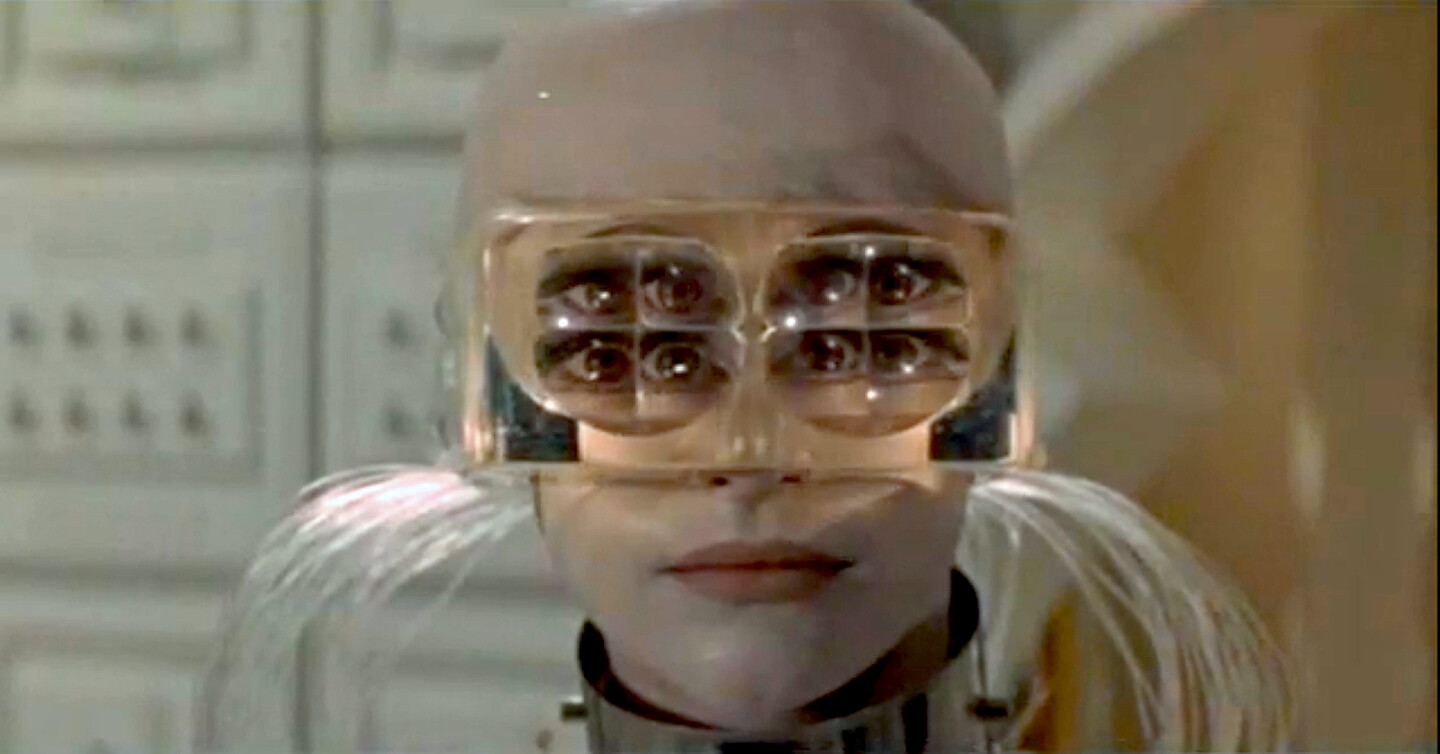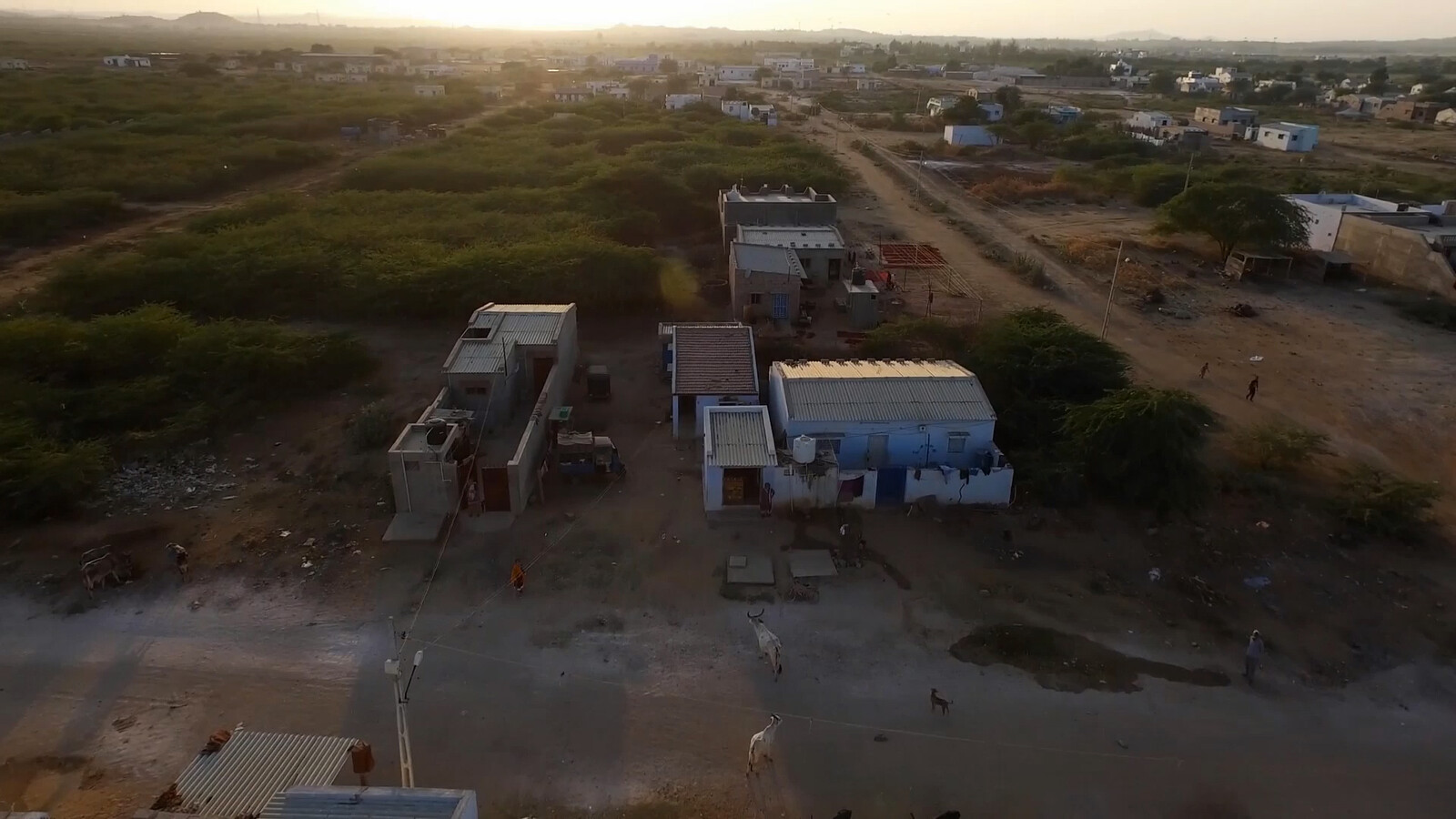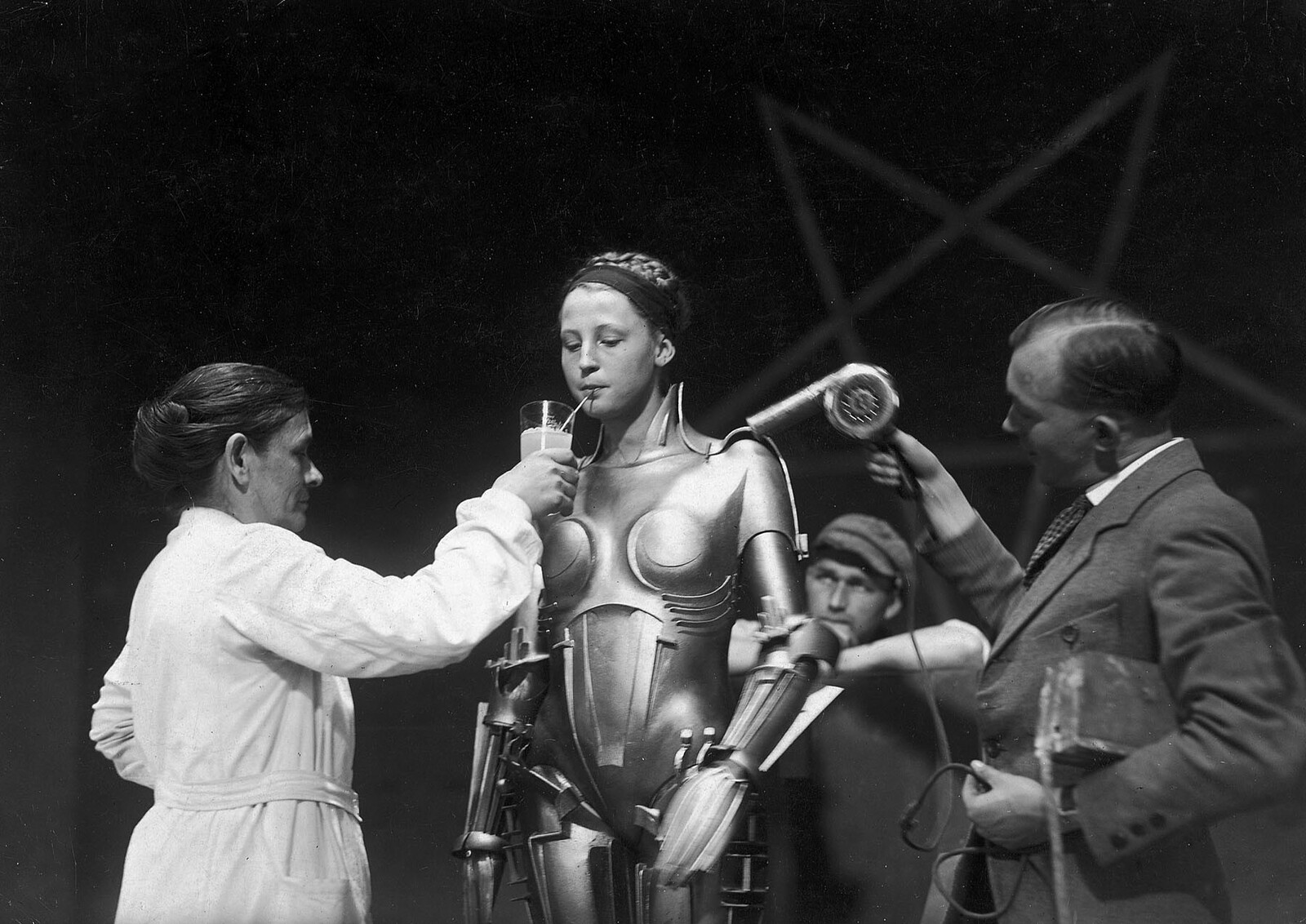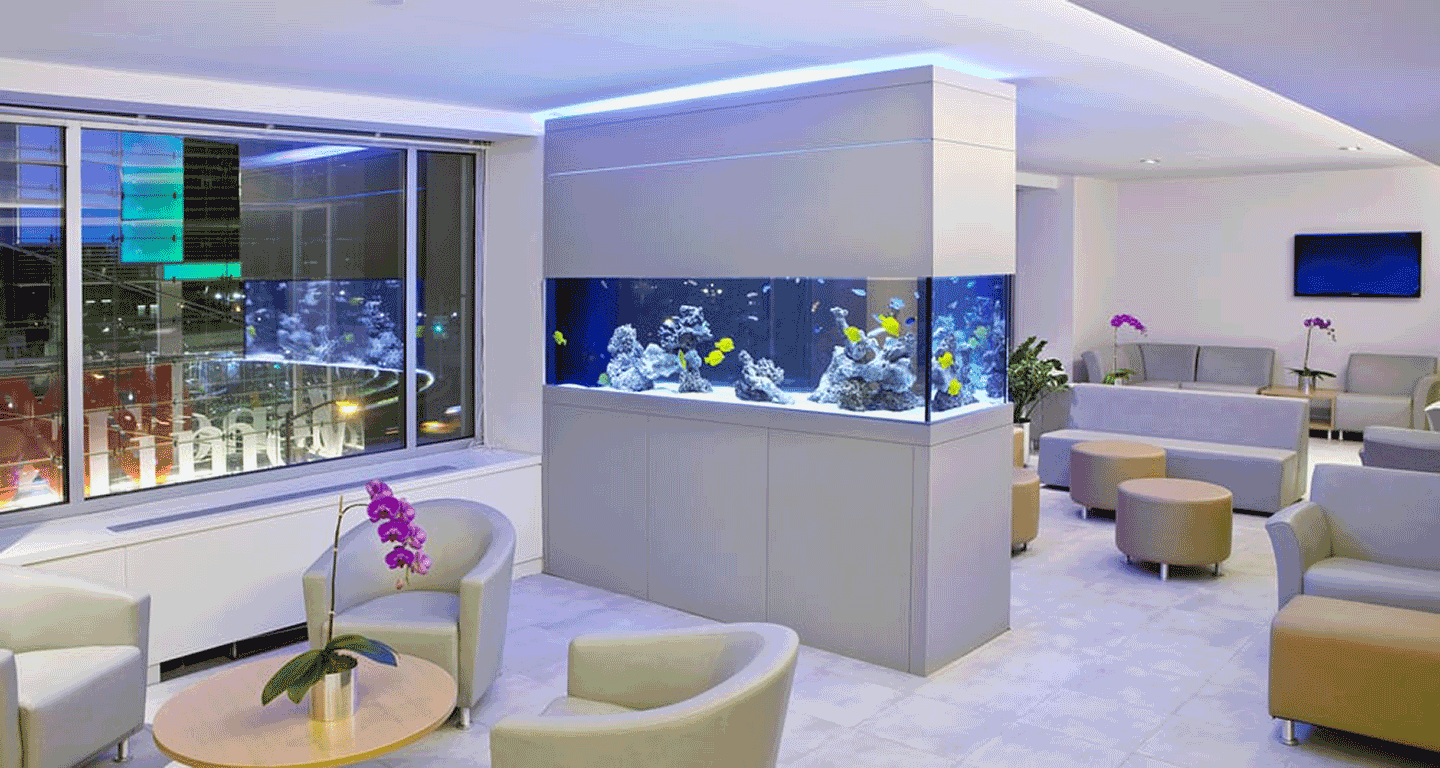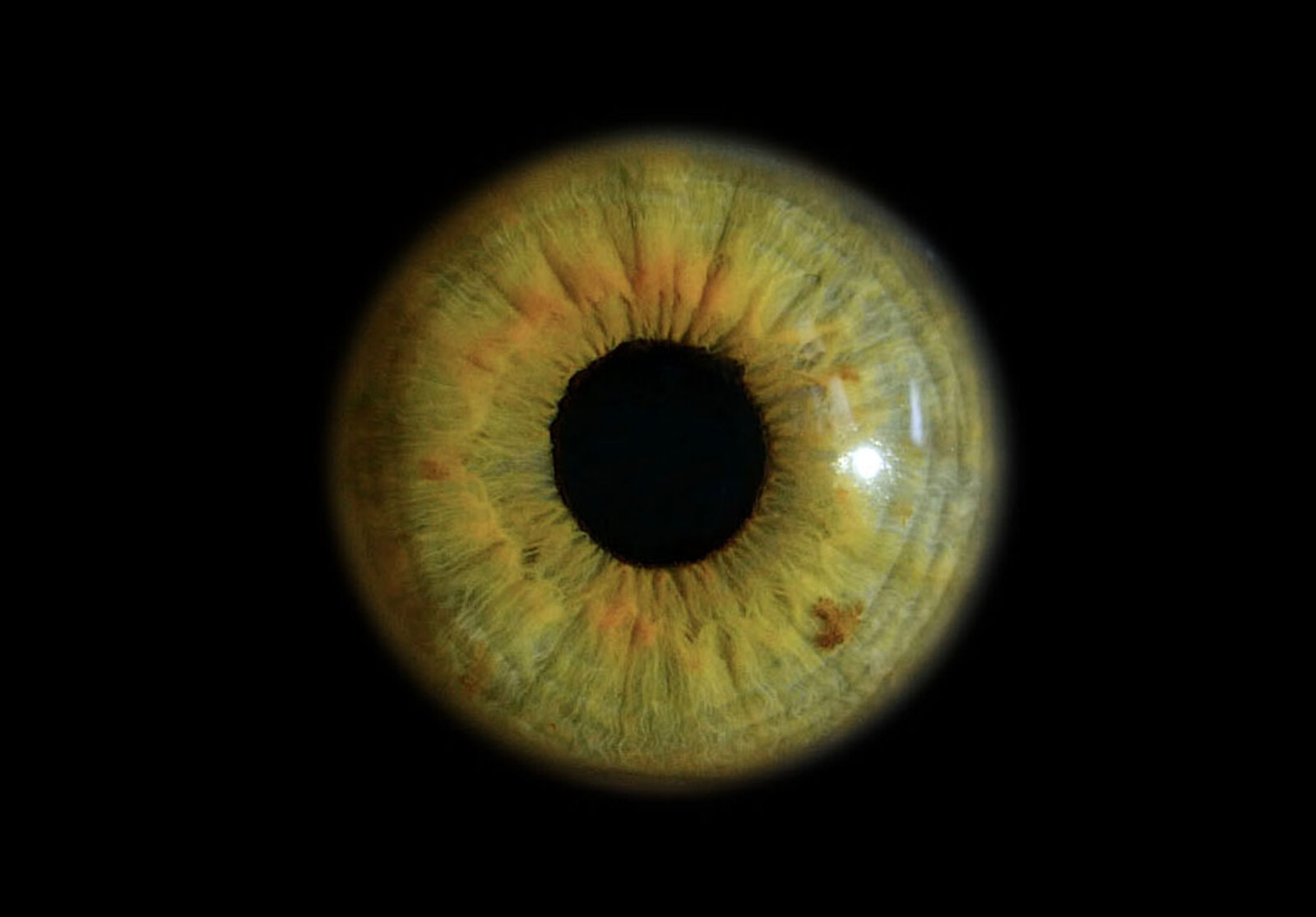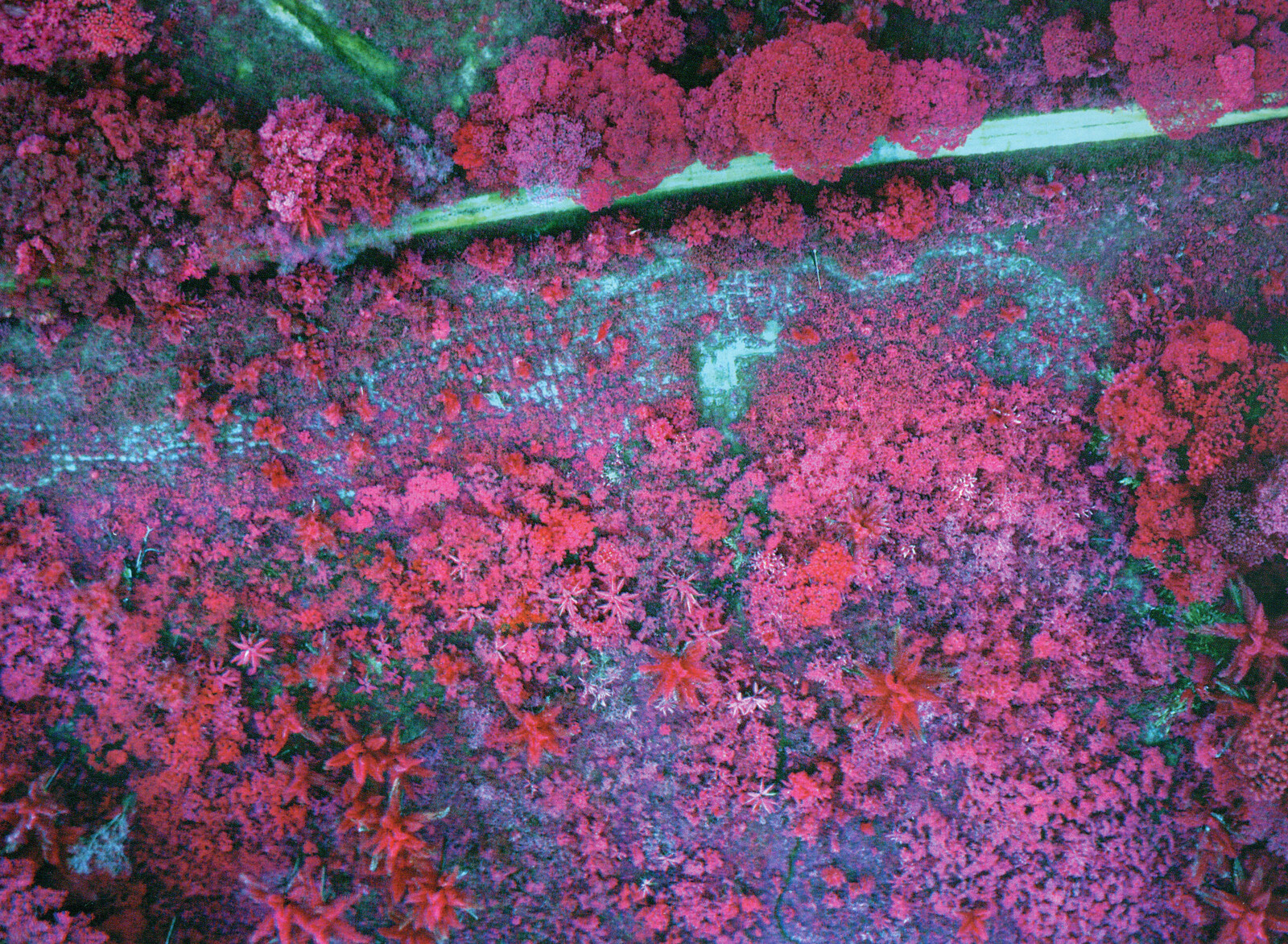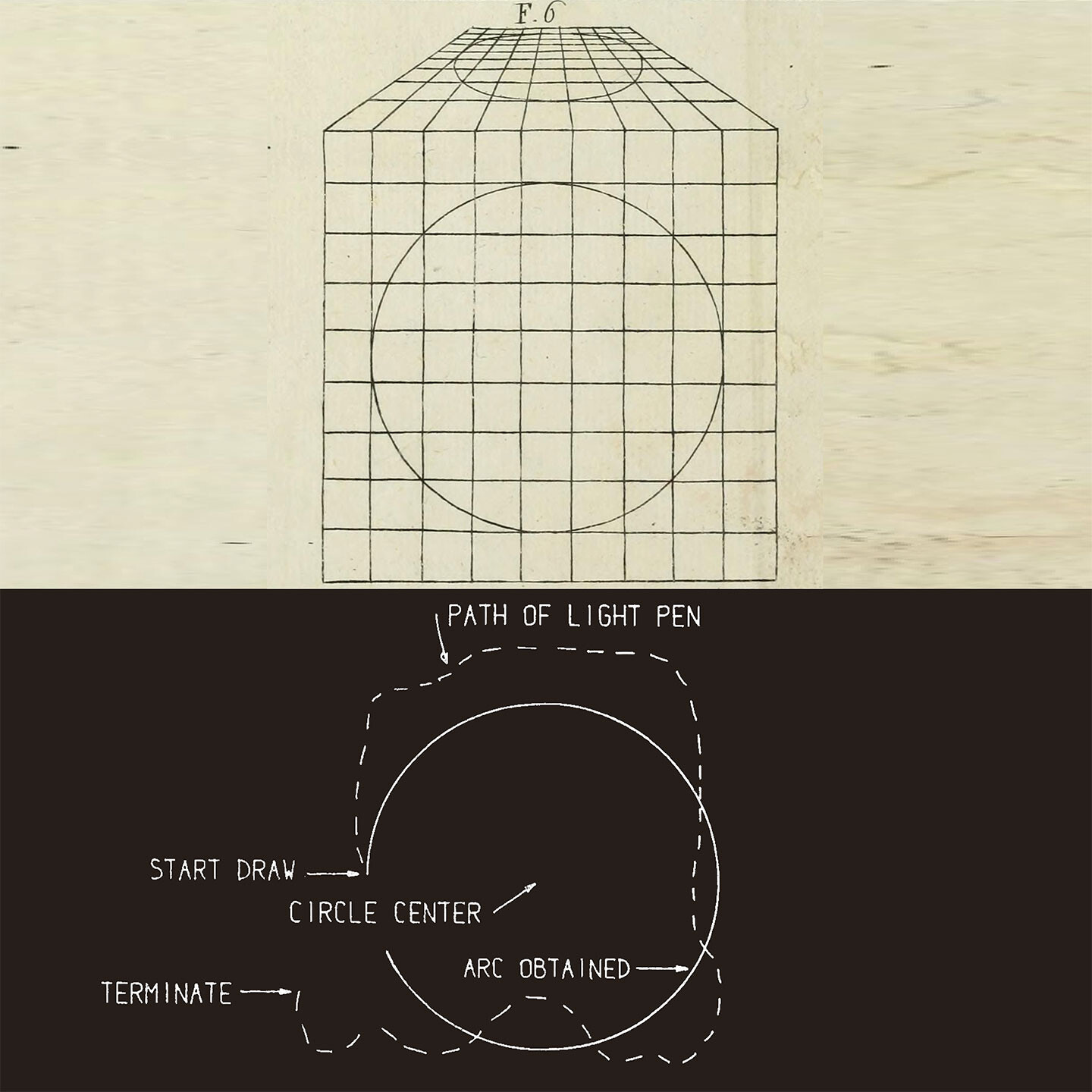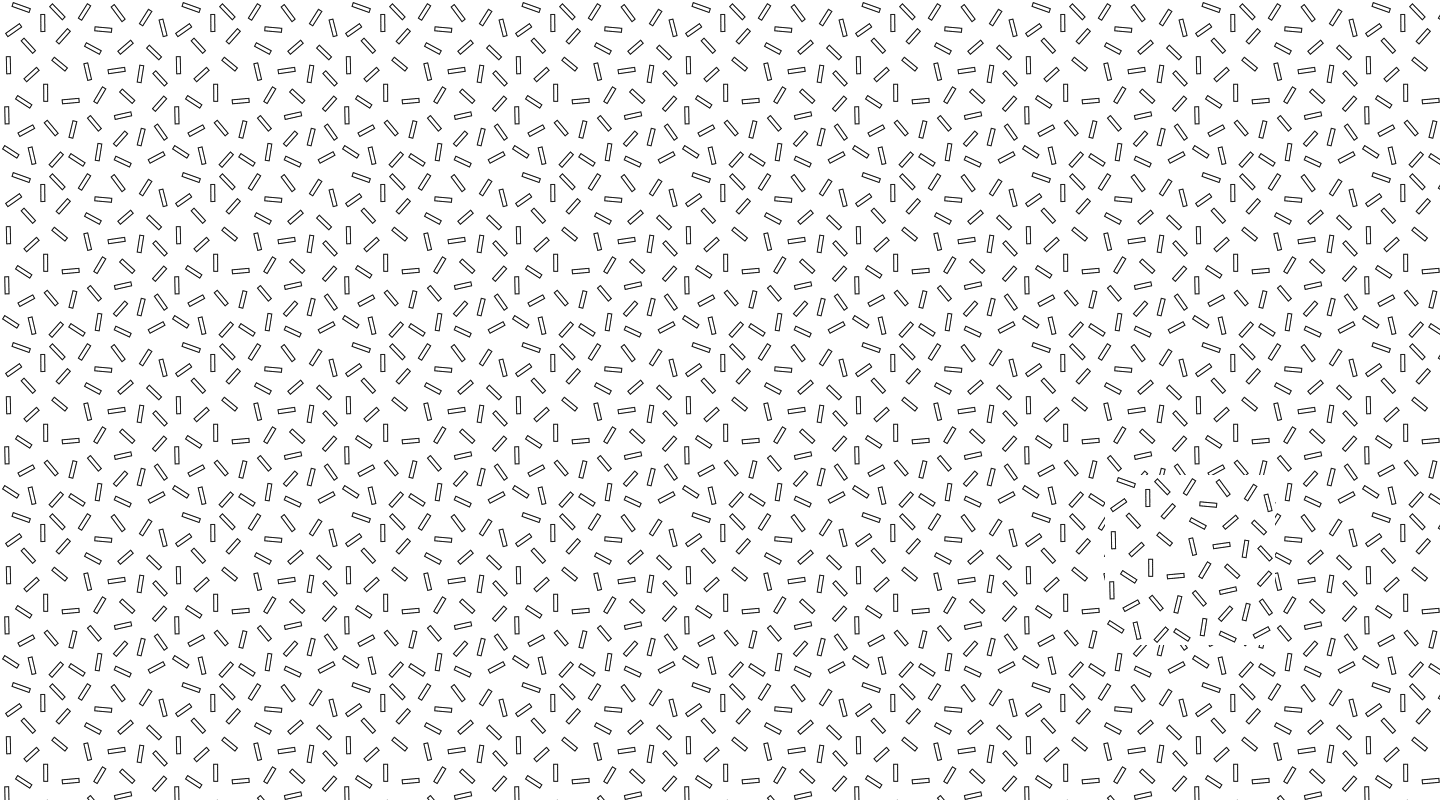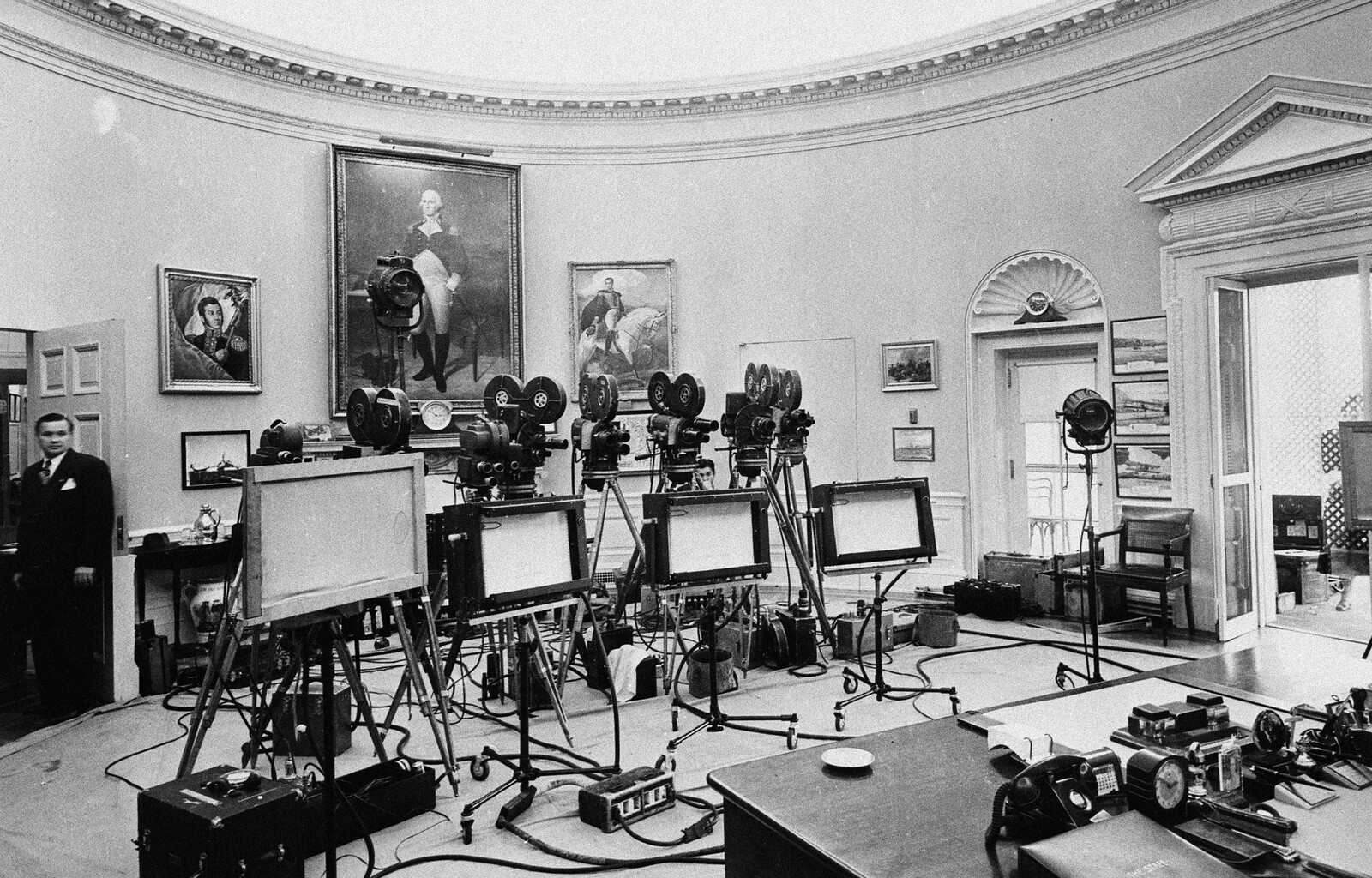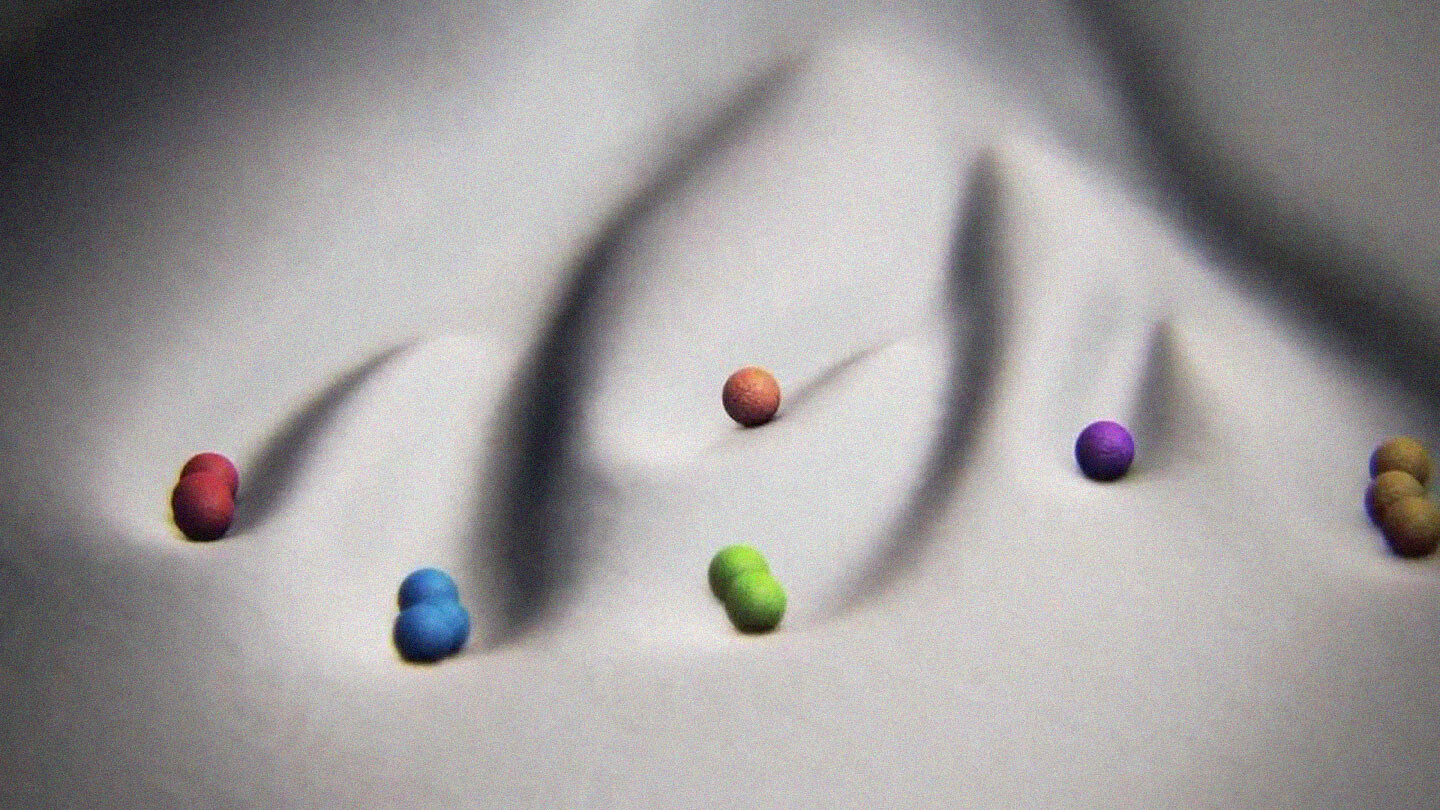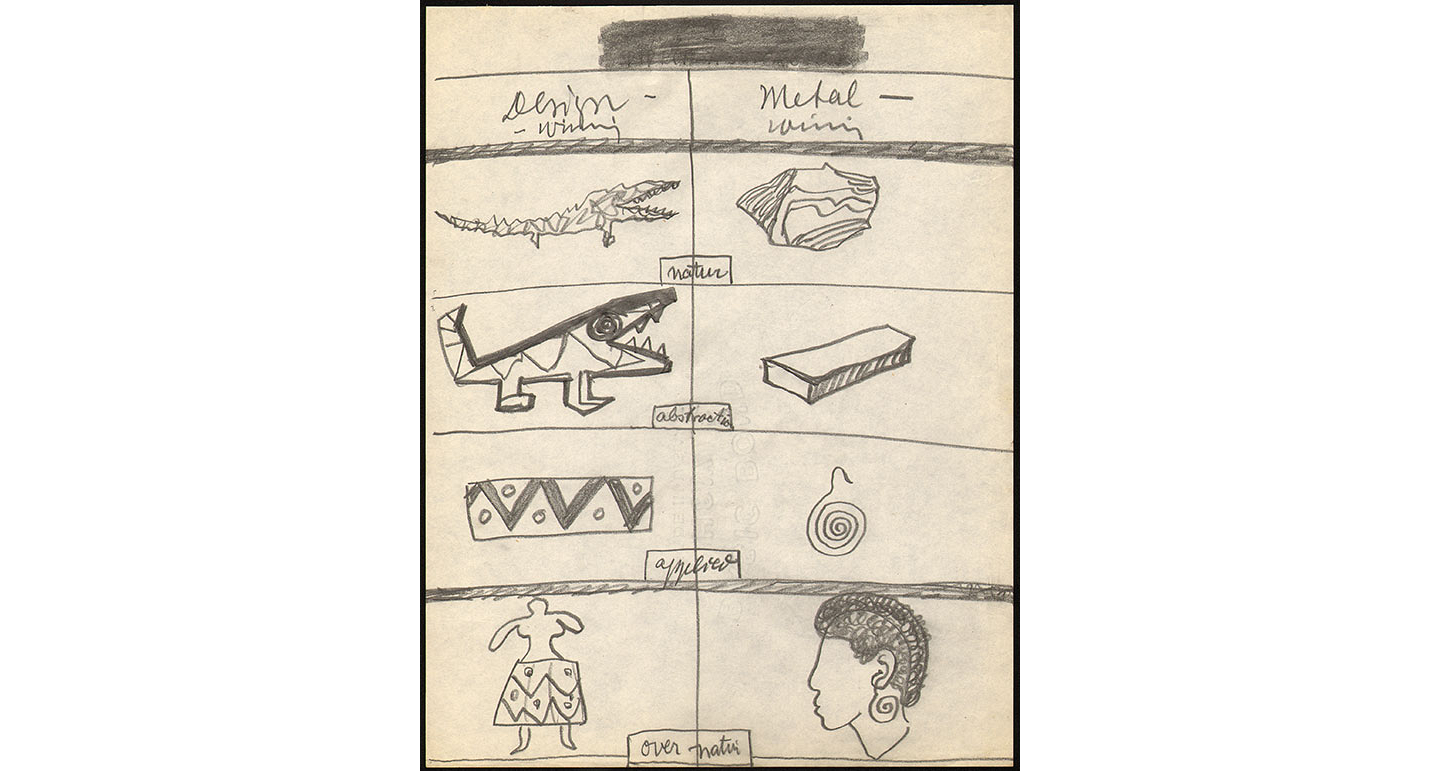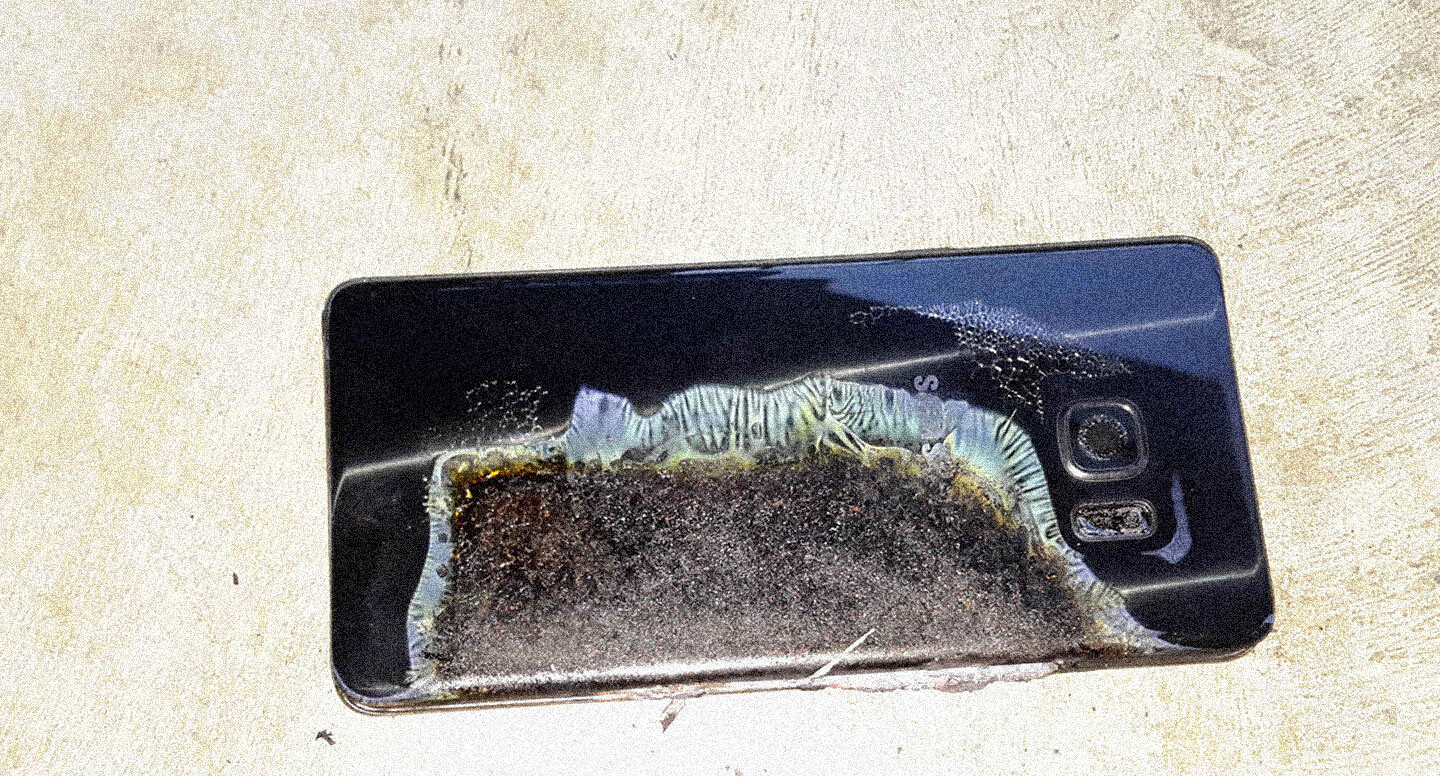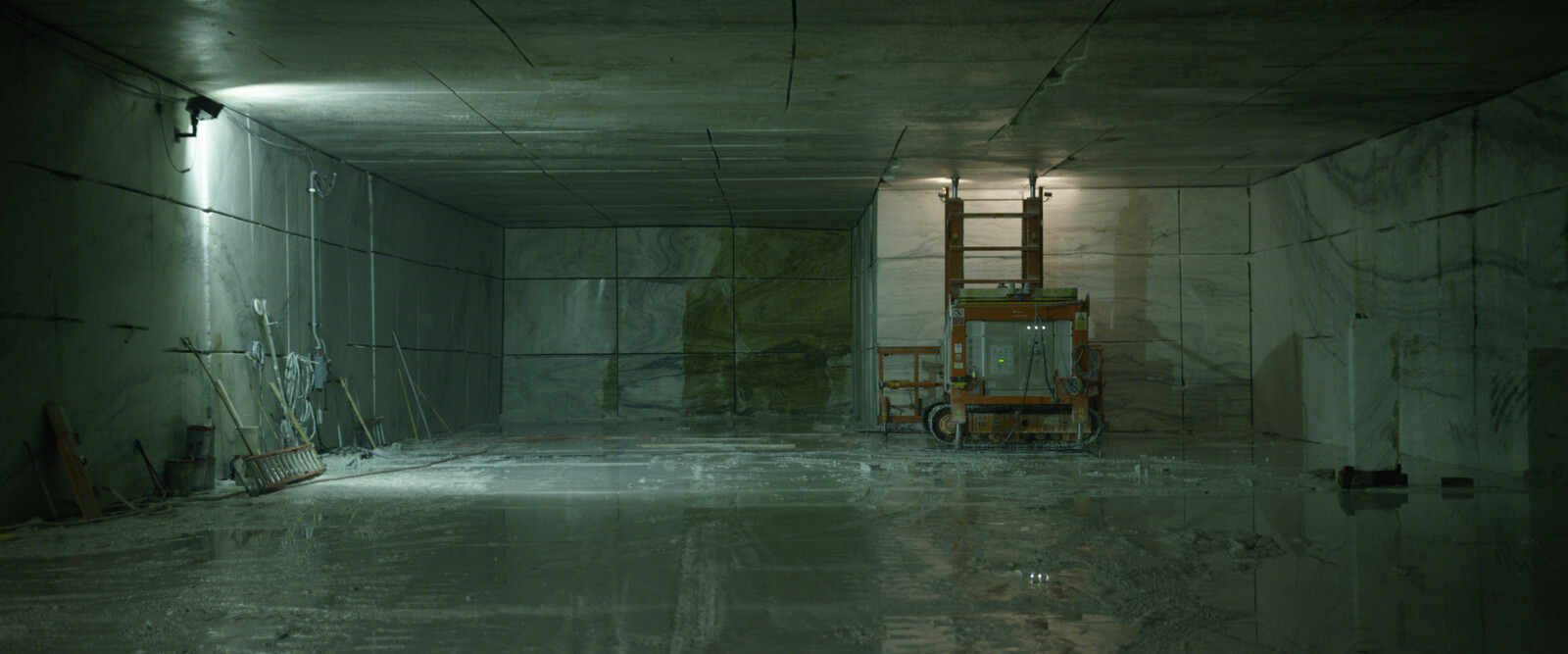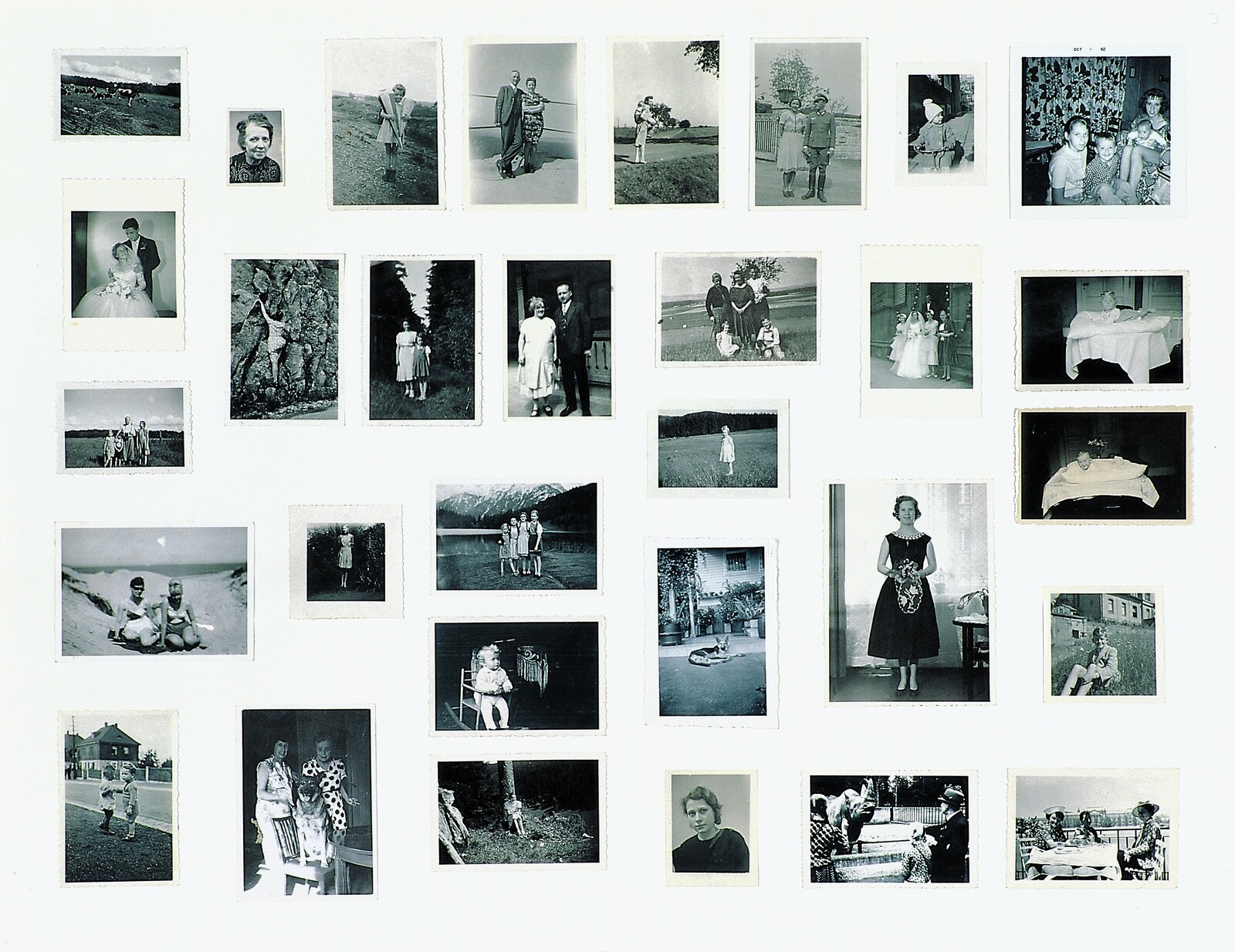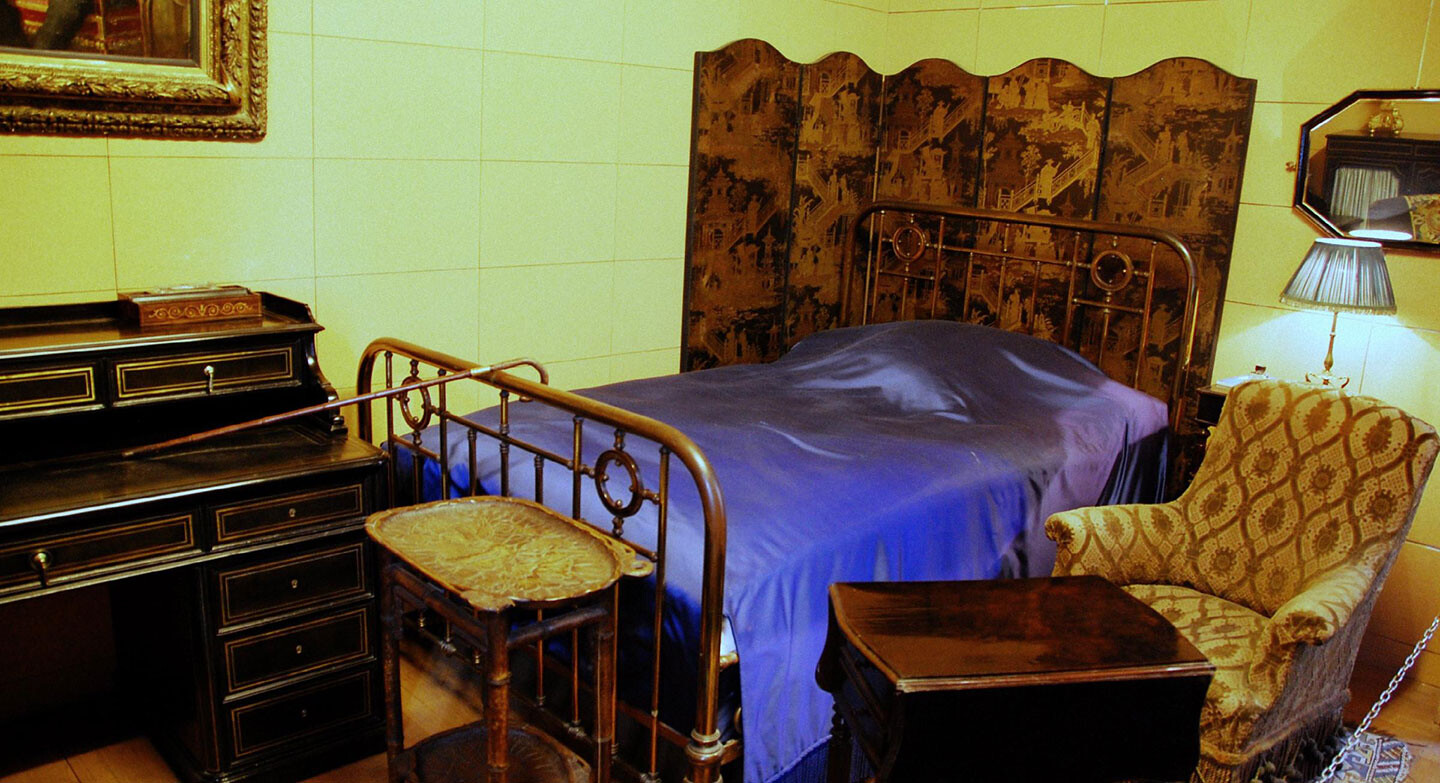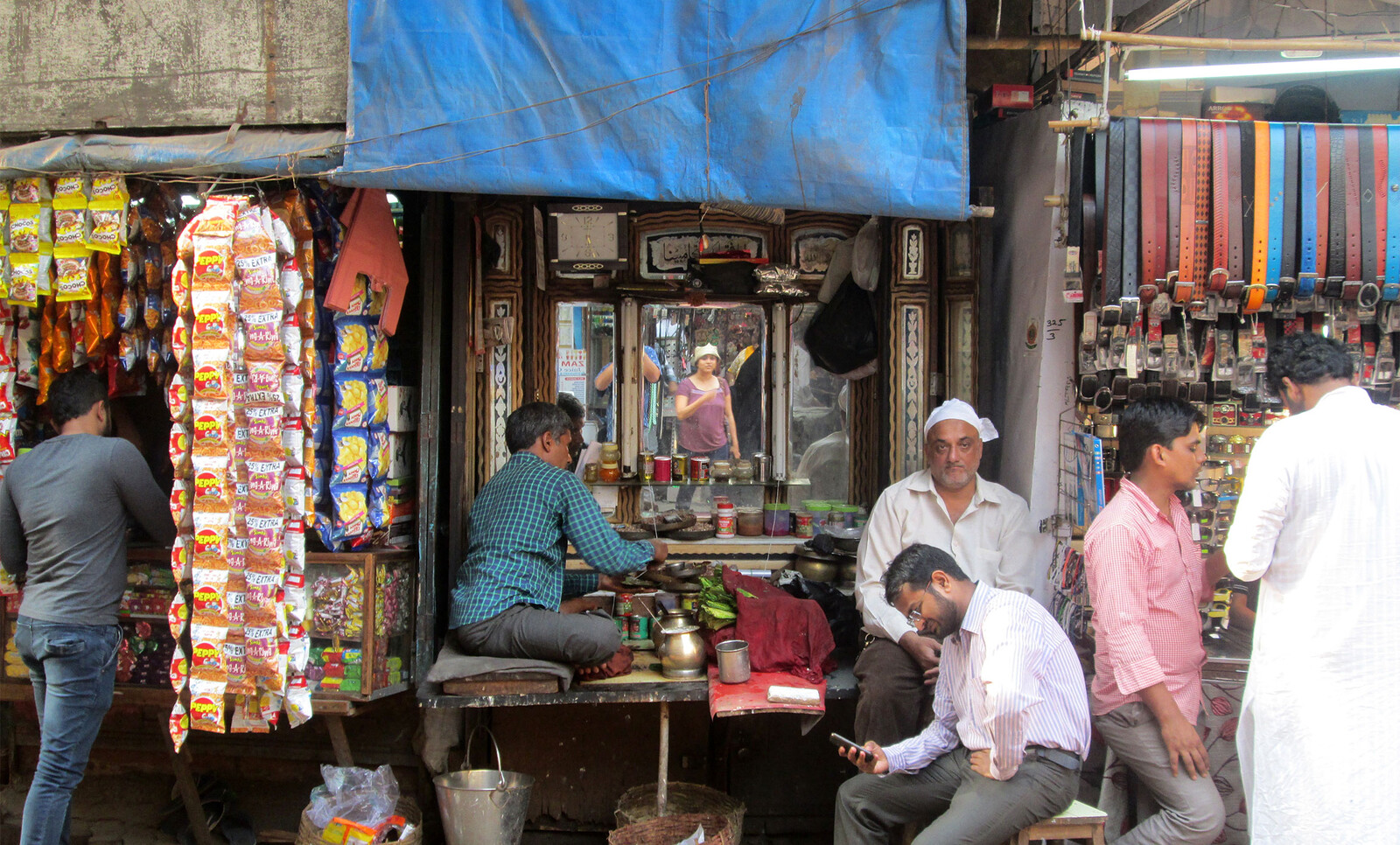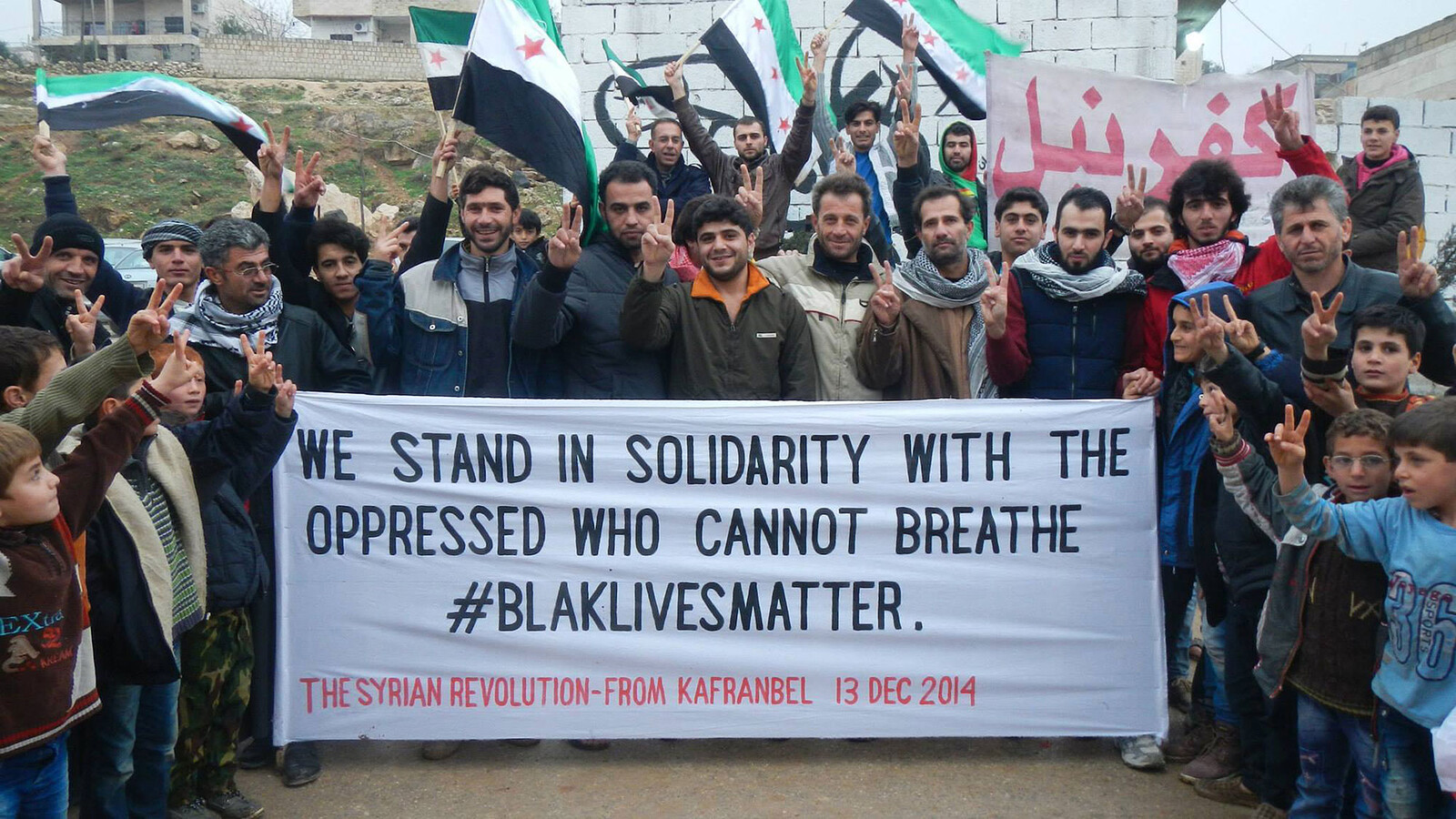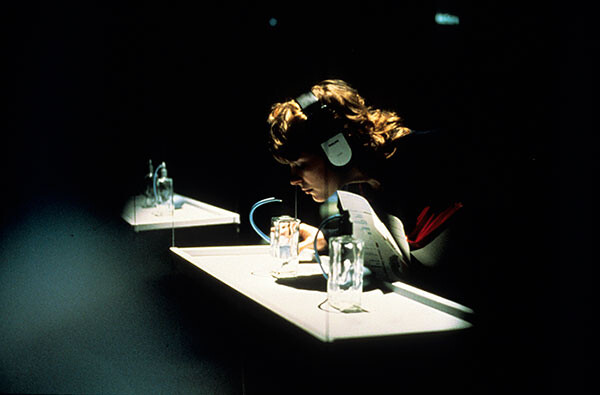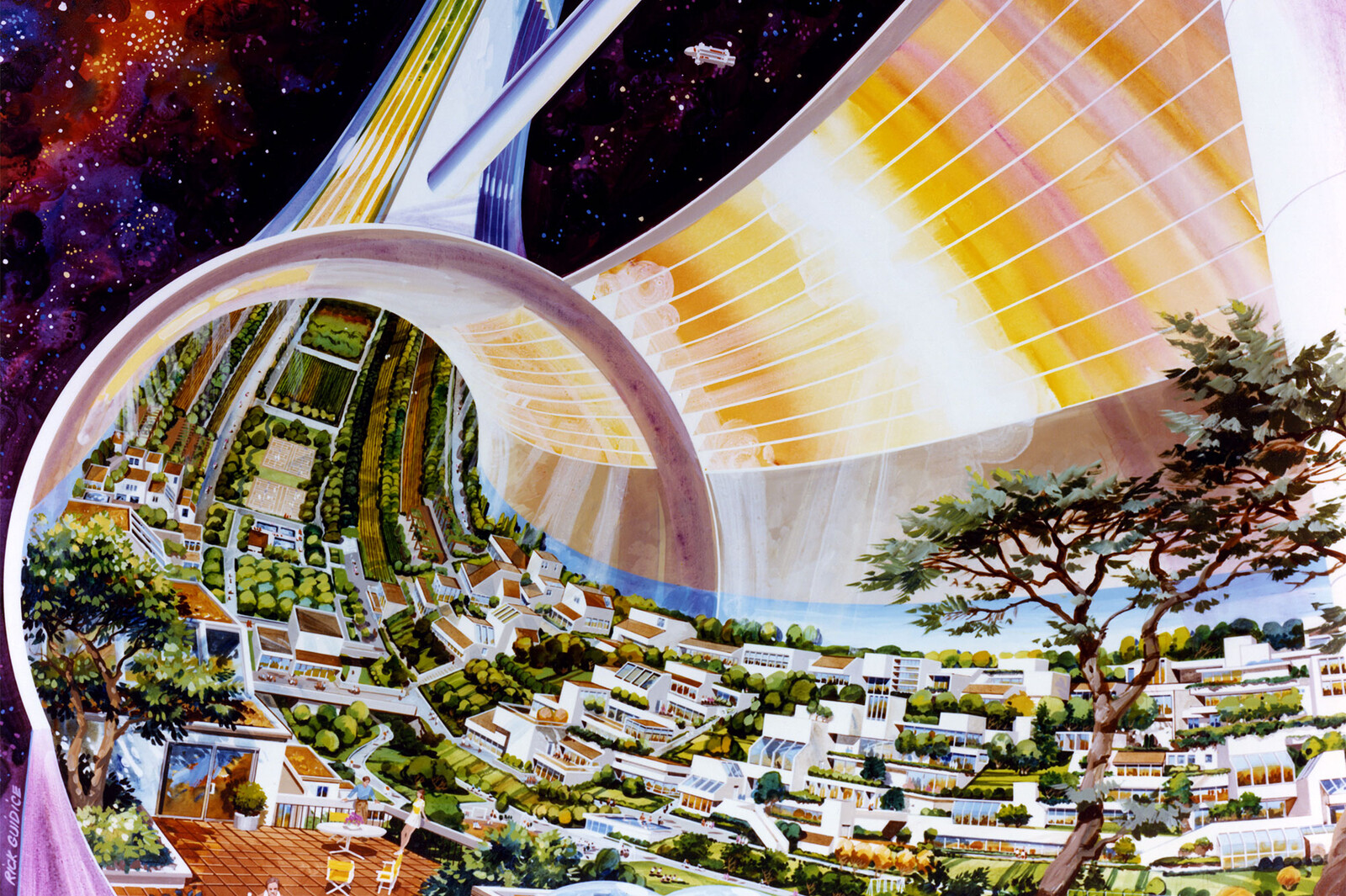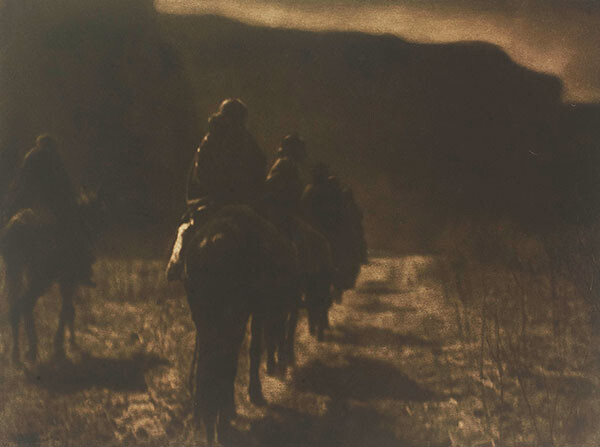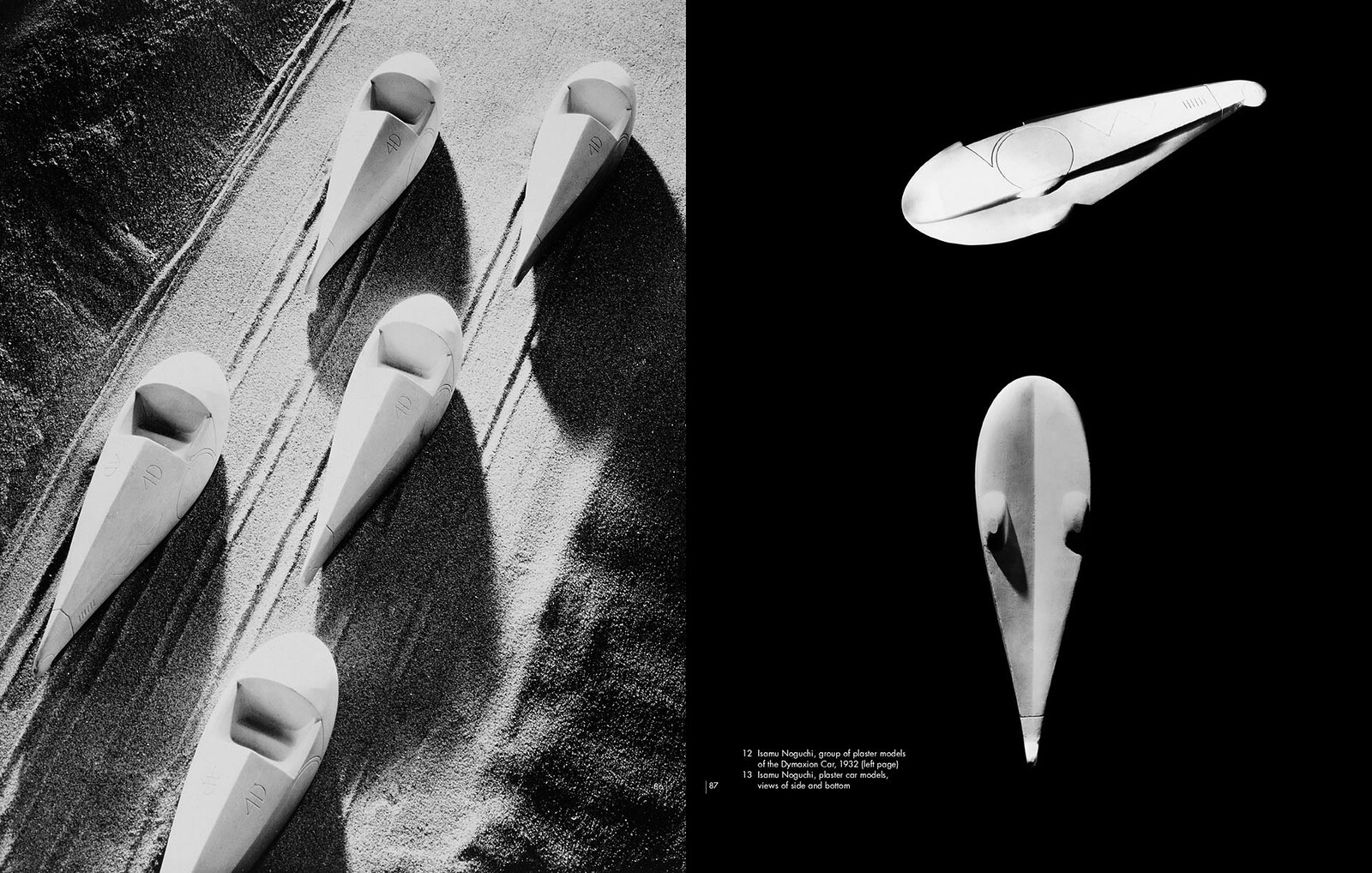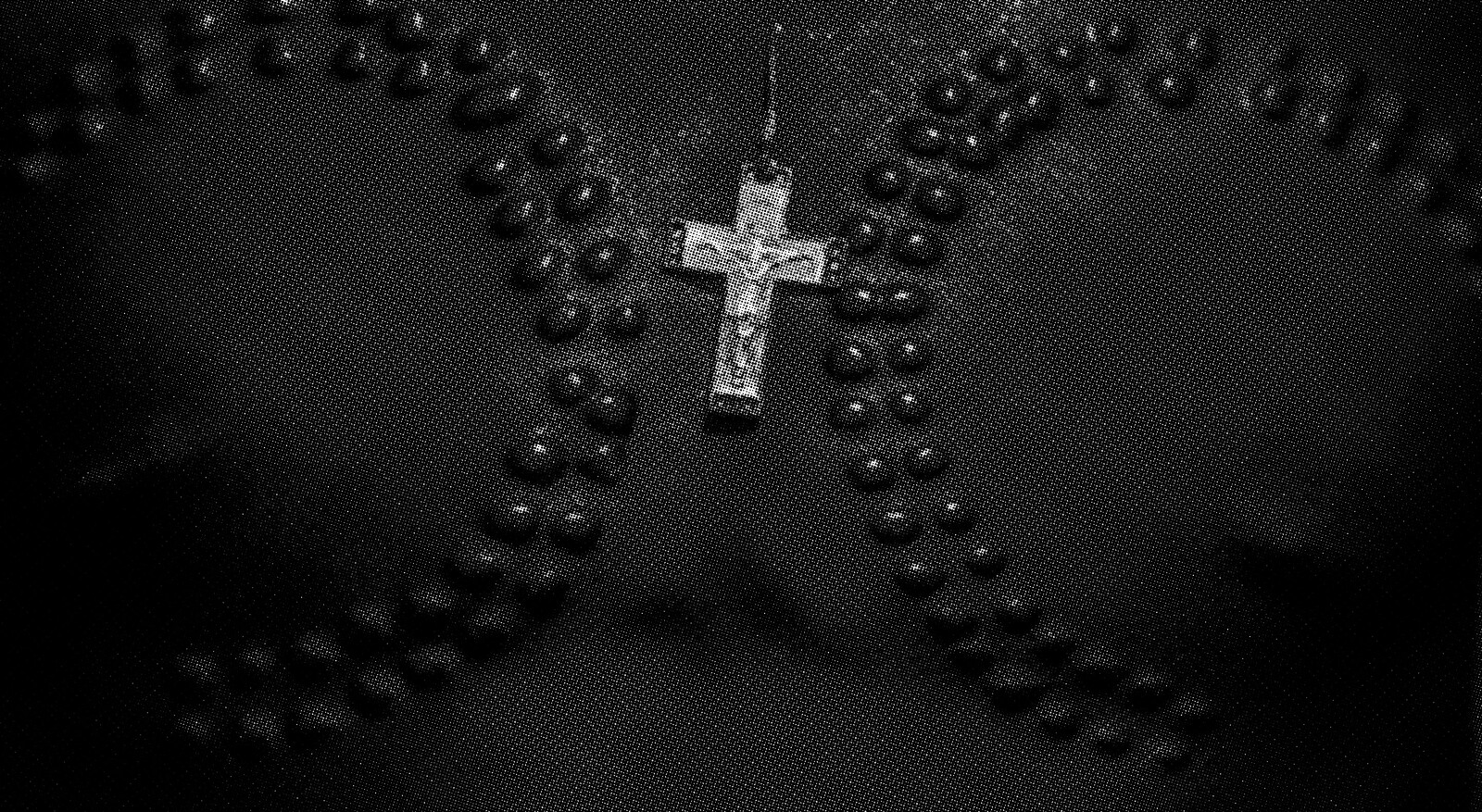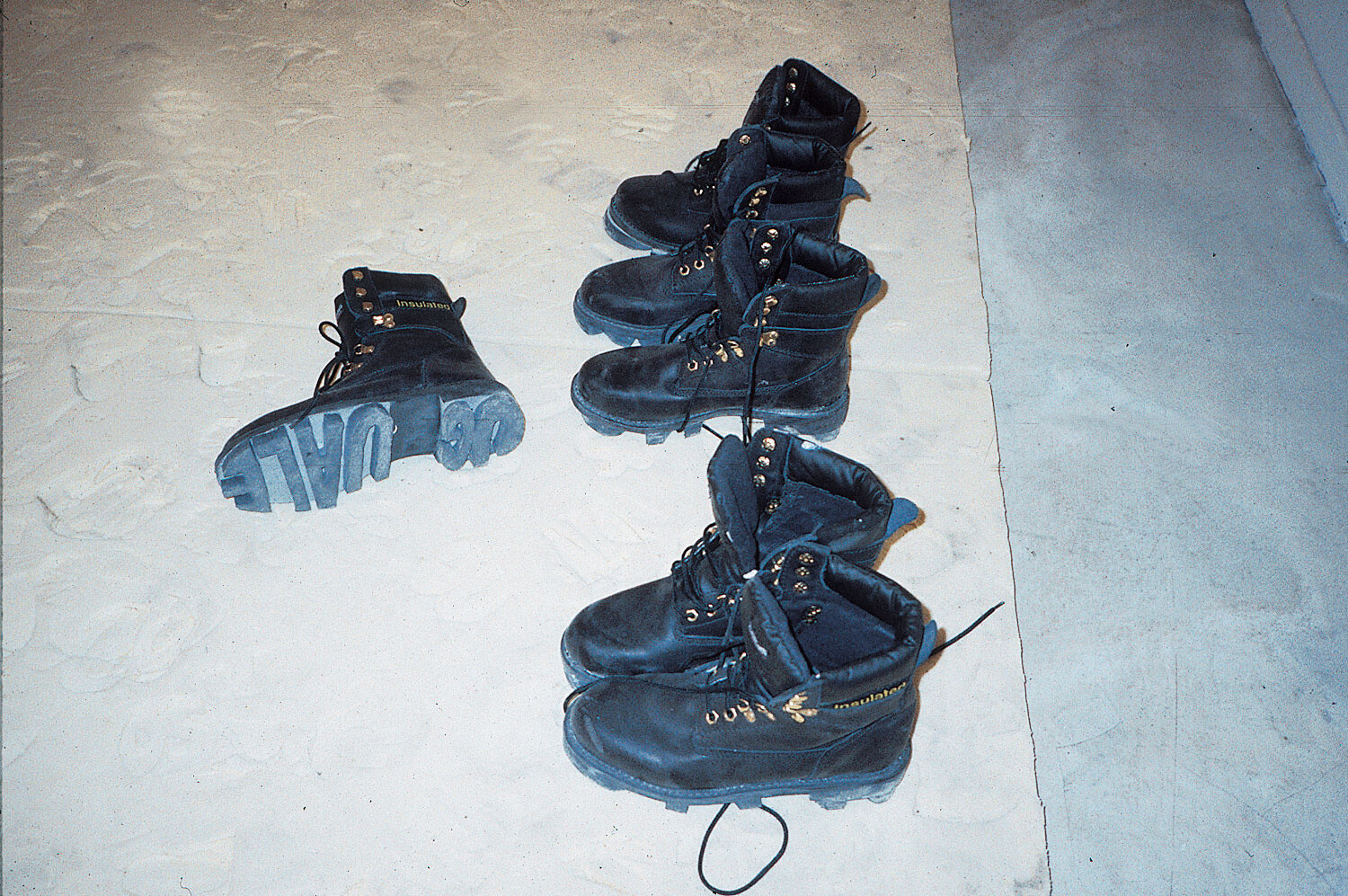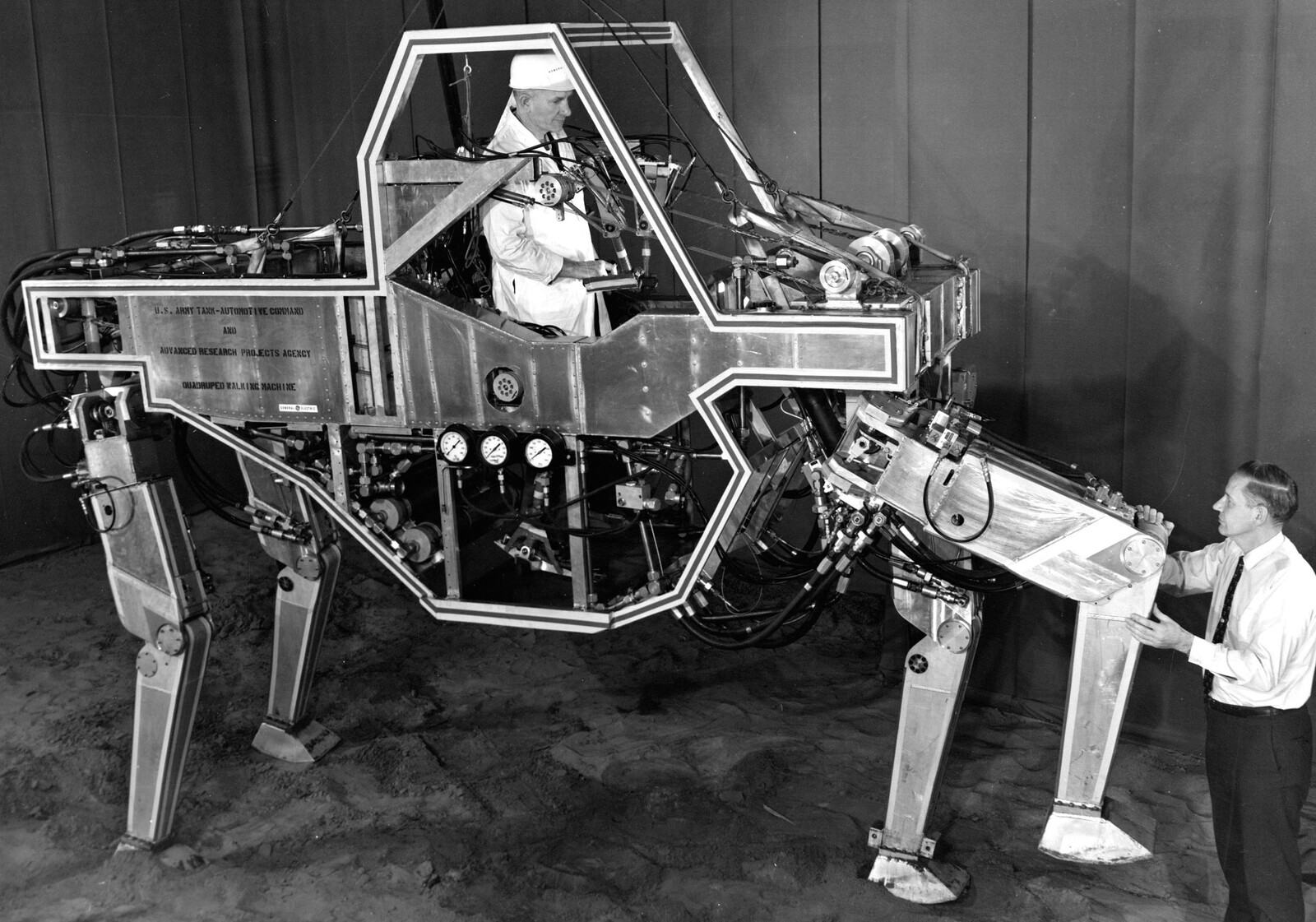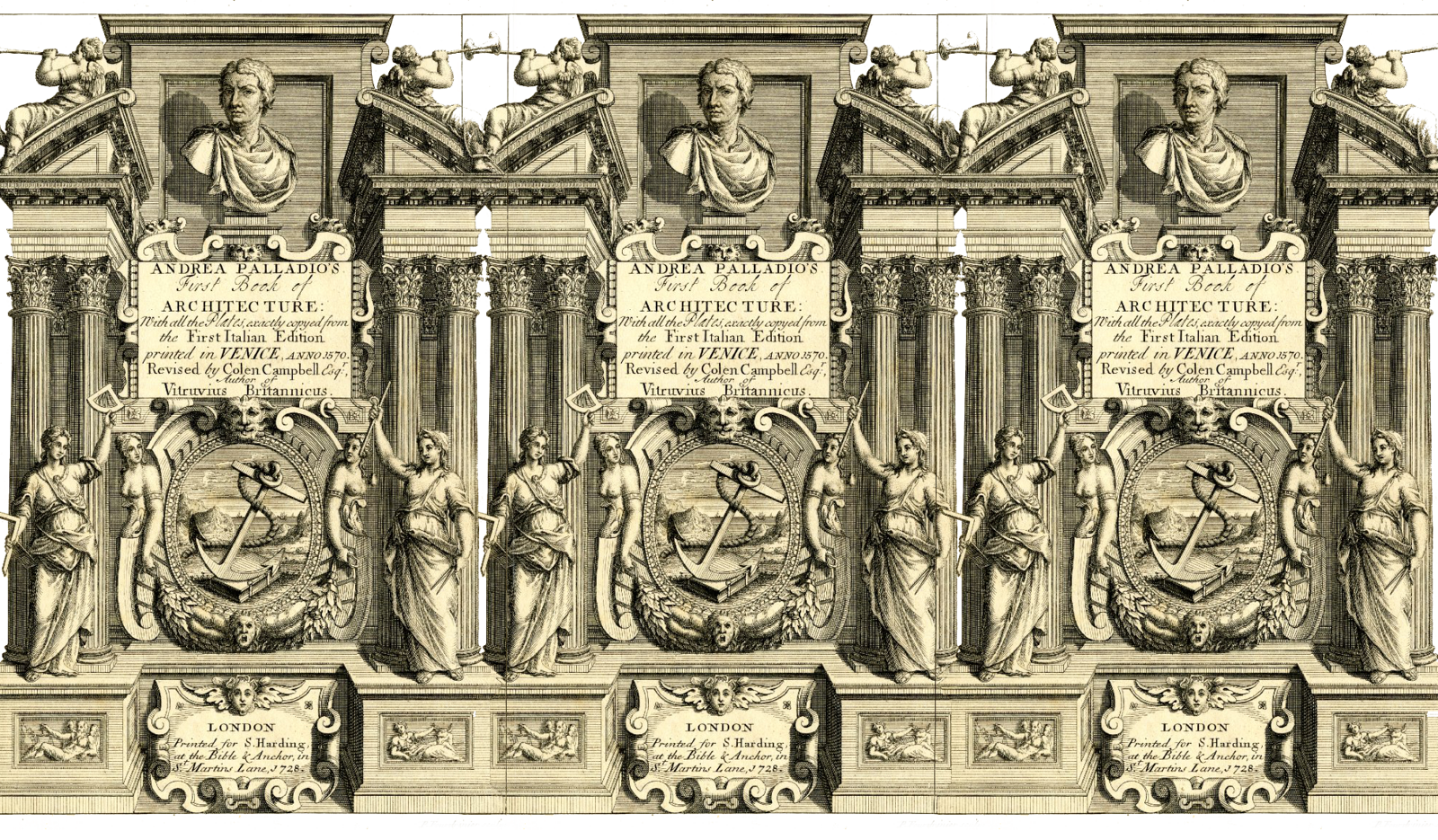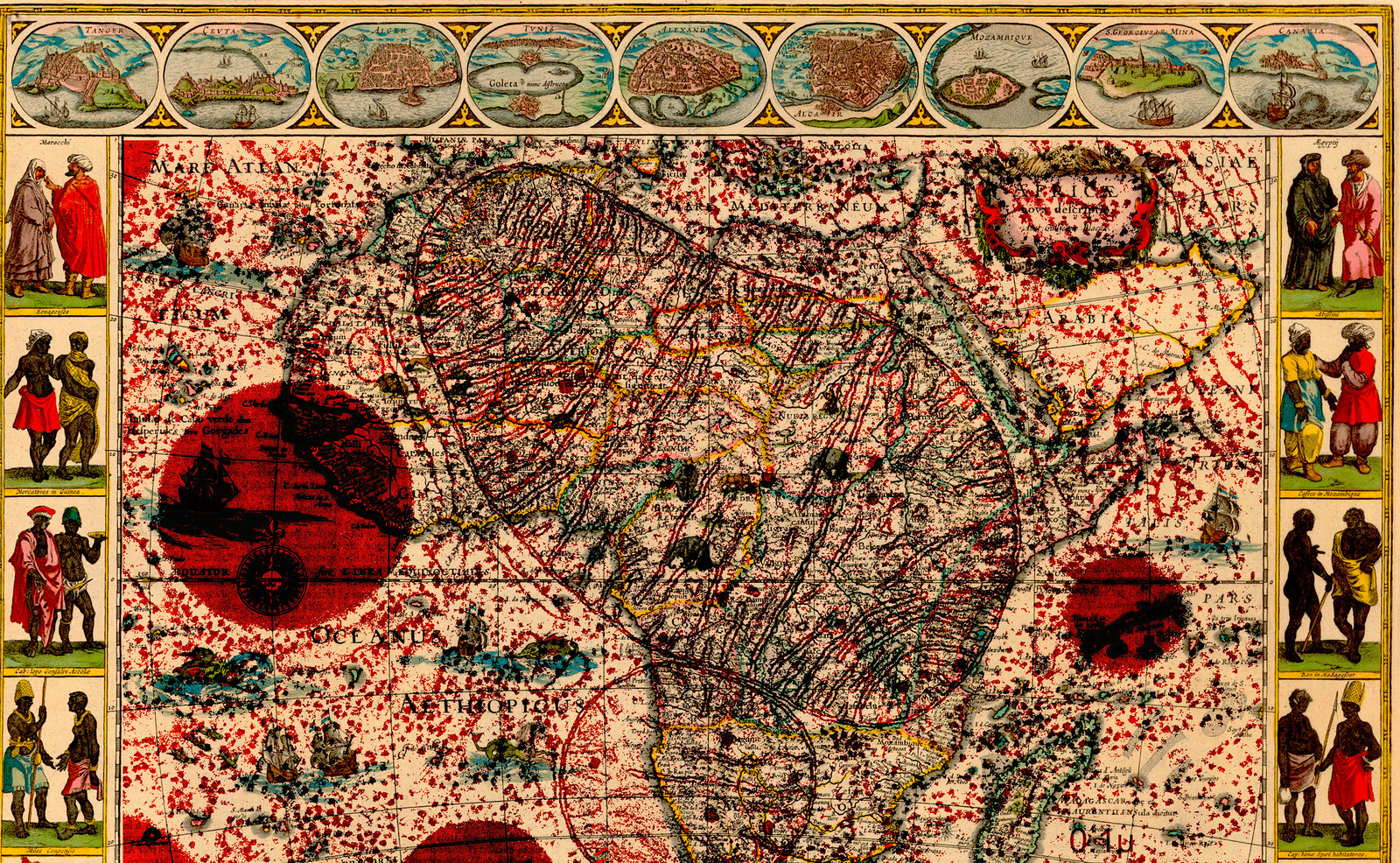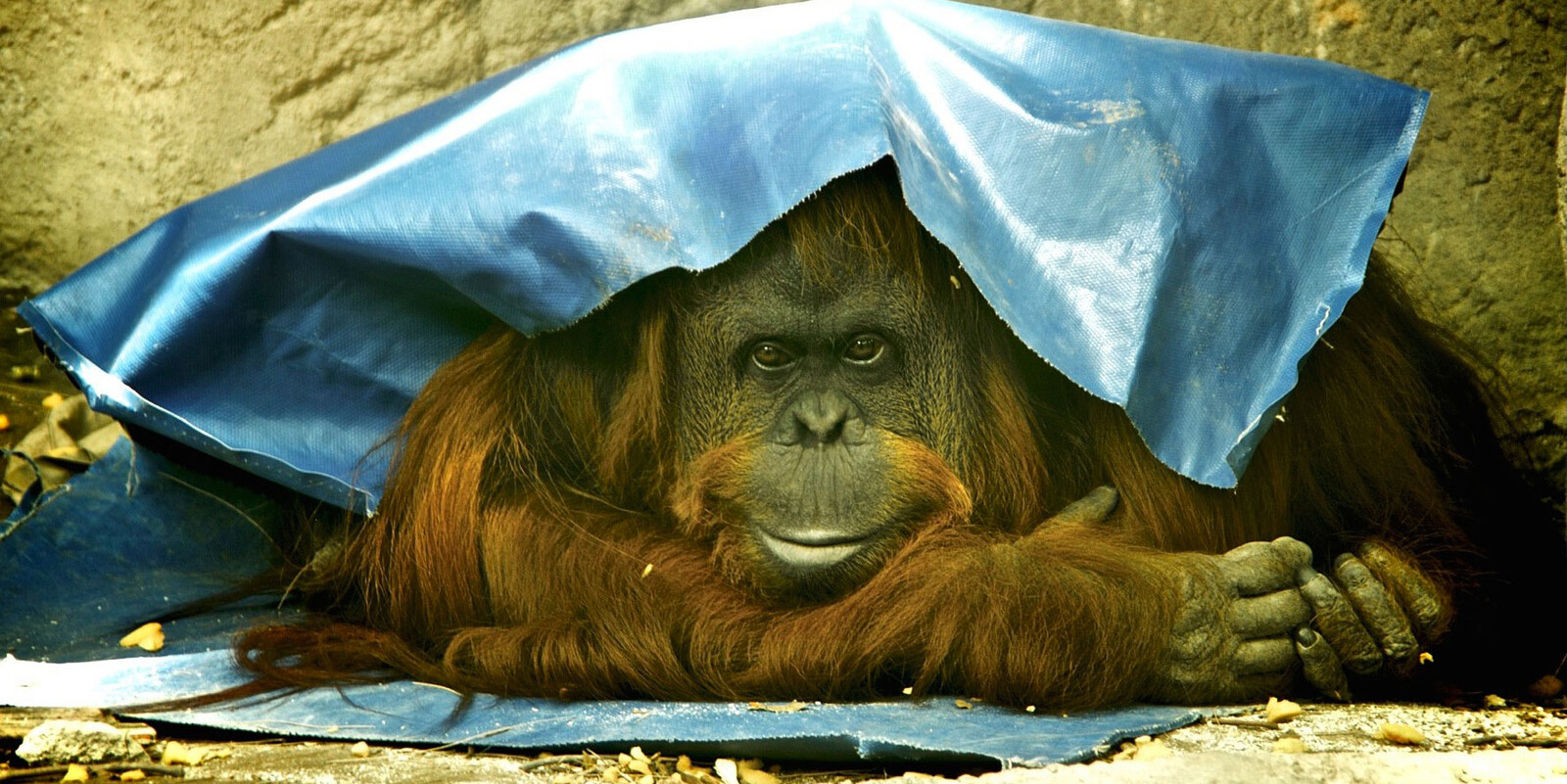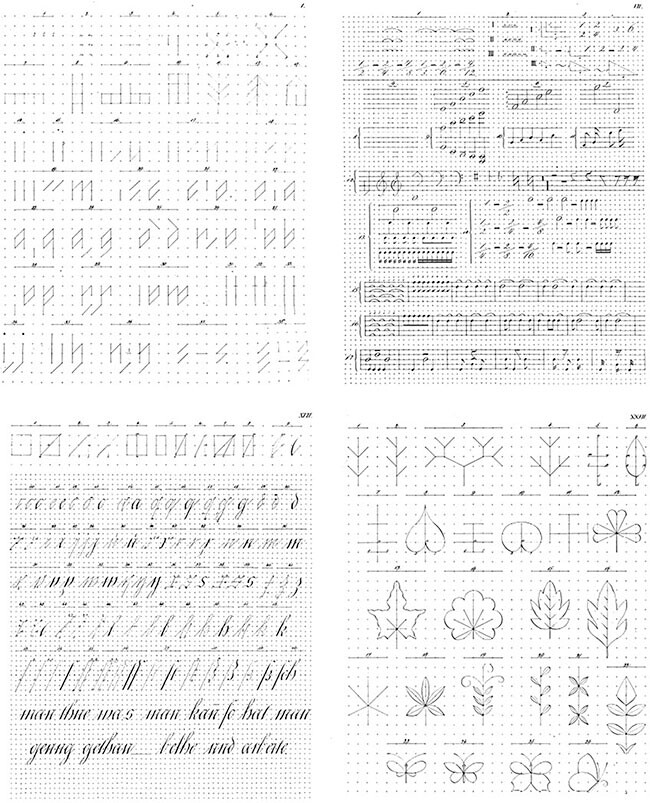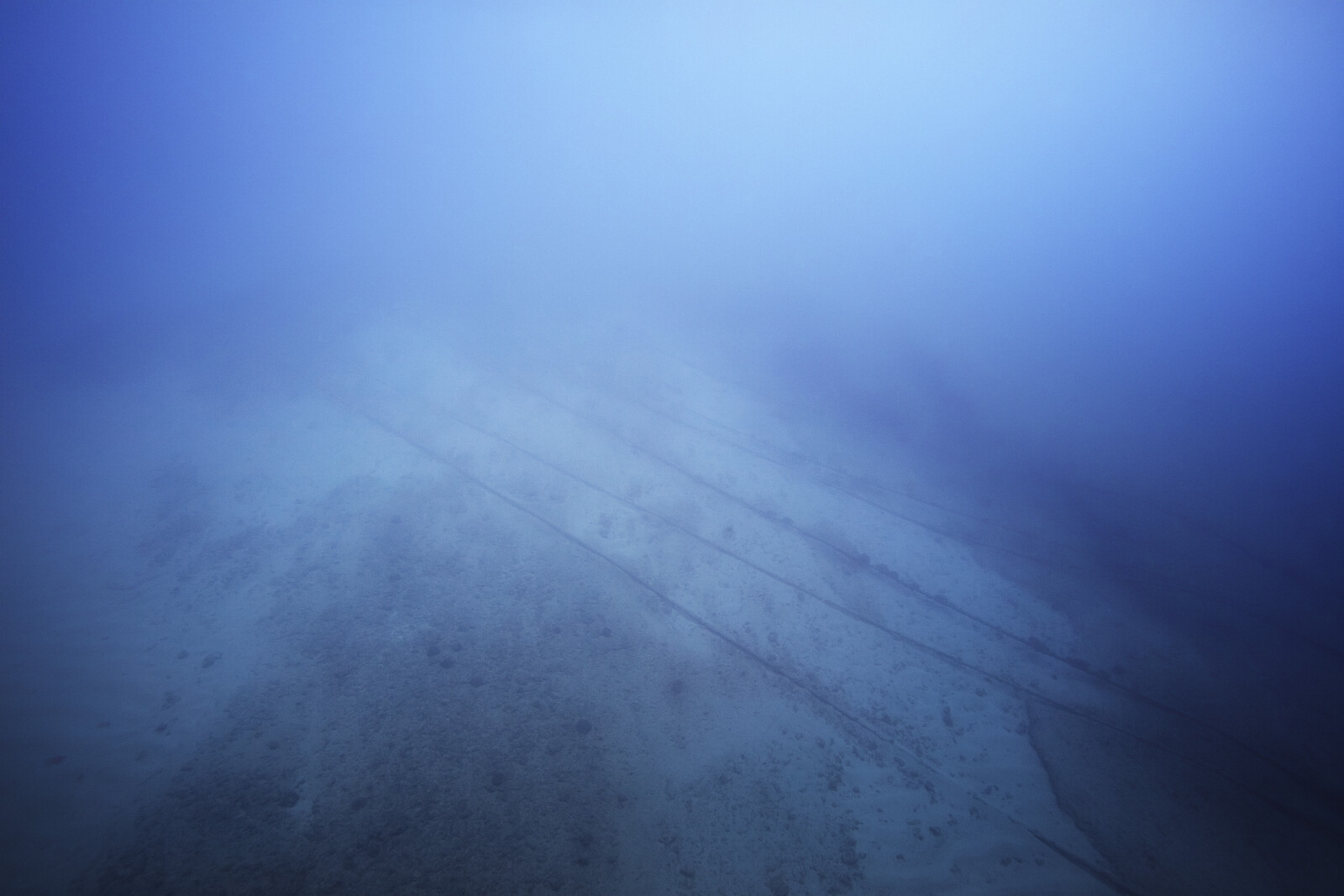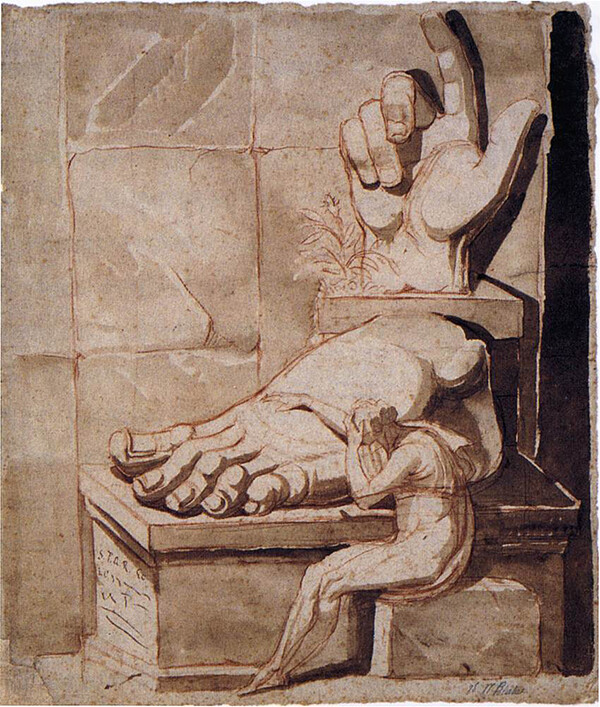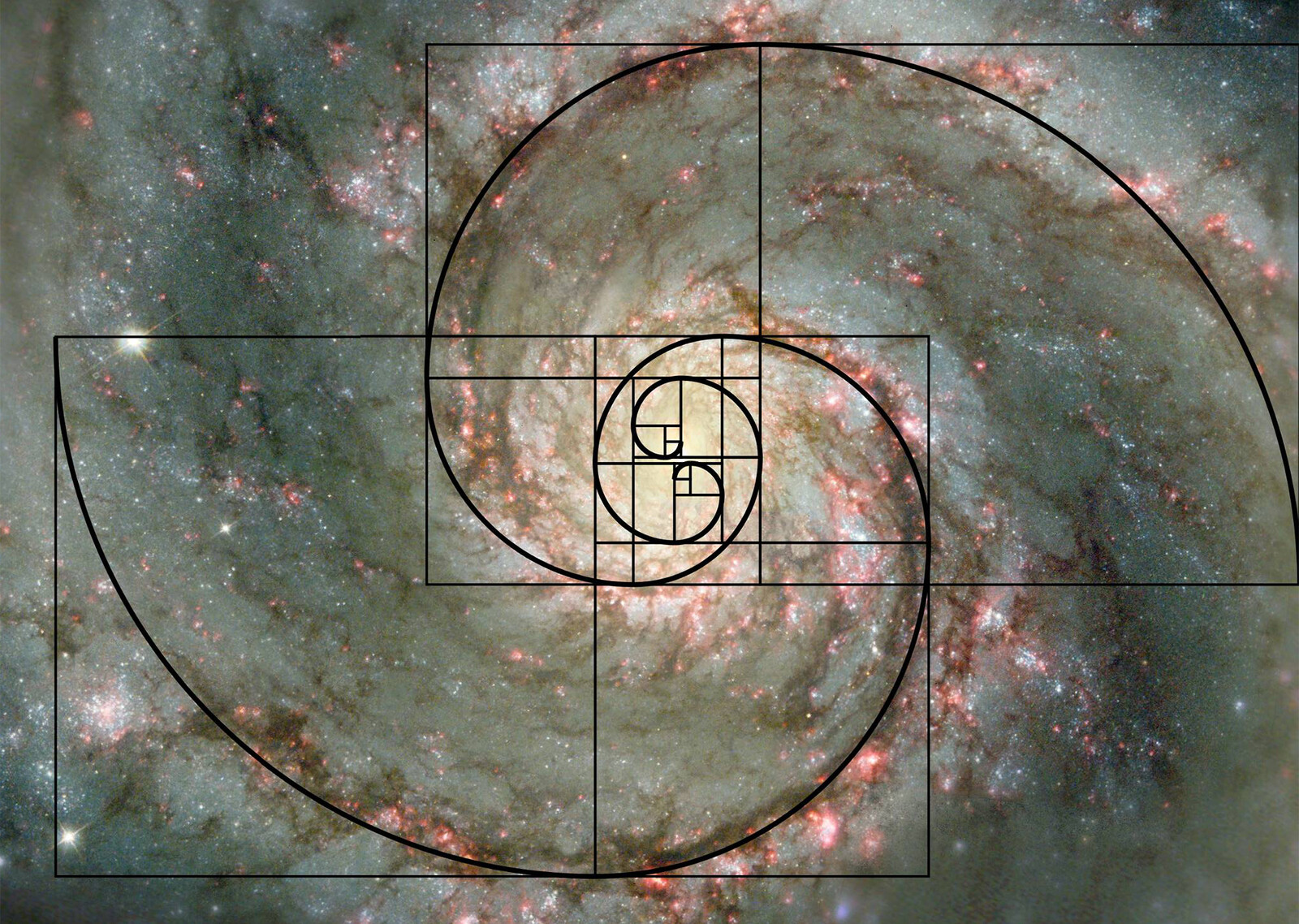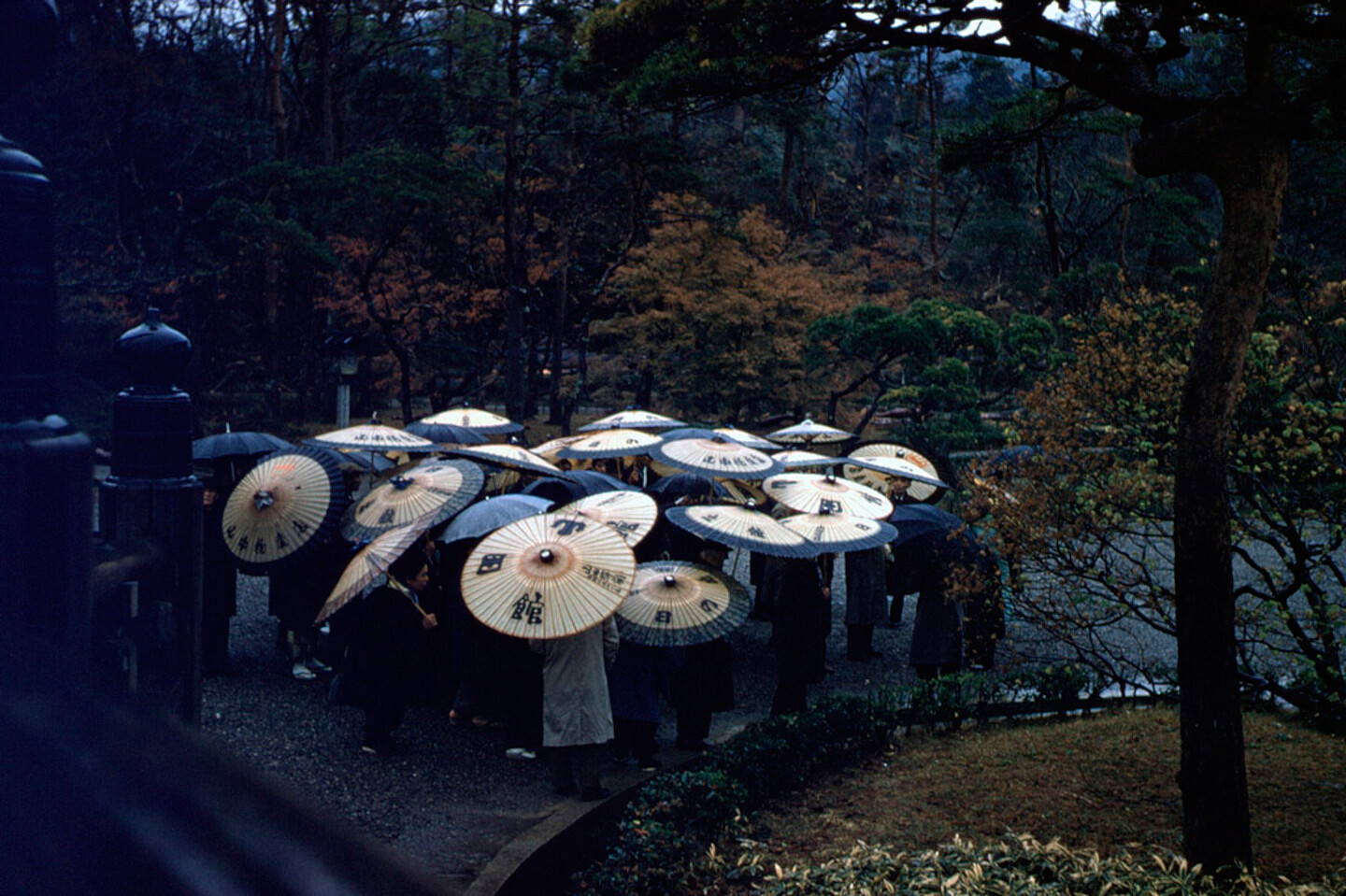As of September 2016, “Brangelina” was no more.
That most super-famous of celebrity portmanteaus—Brad + Angelina—which began in 2005, during the pre-social media age, ended eleven years later, in a feverish hysteria of cruel/funny Twitter/Facebook memes.1 This supercouple, who had surrendered their individual identities to become a clickbait-friendly brand (worth an alleged $400 million), were breaking apart. And there was nothing any of us could do about it. Some of us schadenfreuded. Others lost faith in eternal love. The rest couldn’t care less.
Truth is, couples do matter.
They’re vessels of human hope.
Whether doomed and romantic or cynical and wrong, couples are design projects with narrativity, predestination and failure built into their wiring. A couple is, mathematically speaking, the smallest unit of collaboration and perhaps therefore the most potent (or, poisonous).
Inspired by a comment made by Jean-Luc Godard—“The identity between love and work”—can we think of a working life together, in tandem, as something possessing shape; or format? Whether beds are shared or not, couples who make their love their work remain as compelling for us as they seem to be for each other.
Is this the “Couple Format?”
A powerful, pervading idealism often drives people in their late-teens or early twenties. Passion! Immortality! This heady cocktail delivers a delusion that the person you love is the one you must work with. Thus, the Couple Format becomes the ultimate public/private Gesamkunstwerk, a total theatre of reciprocities and supposed syntheses.
In the design world, the 1920s and 1930s produced female pioneers such as Charlotte Perriand and Lilly Reich. They remained forever in the shadows of their male architect counterparts, respectively Le Corbusier and Mies van der Rohe, with the not-so-subtle subtext being that buildings are made by men while interiors—from furniture to soft furnishings—is the necessary province of women. Power lay with the former. Prettiness with the latter.
Disentangling the major and the minor in a couple-unit is like trying to measure the color of love itself. The continued ways in which couples are erroneously remembered and credited proves that lazy, male-hero worship still wins the messy custody battles of legacy and myth. It usually occludes the true nature of creative authorship, making the close study of Couple Formats forensically relevant.
In Summer 2016, I organised a series of conversations at the Architectural Association in London, where guests were invited to share one “Couple Format” that has, in retrospect, made some kind of mark upon them.2 I asked each guest—from the worlds of art, architecture, curating, literature, and philosophy—to present the ways in which their chosen couples’ roles were delineated; the way in which the things the couples produced rendered the relationship; or the way in which the relationship may have been a kind of work or product itself. It was inevitable to consider how couples come together, what mystical force might continue to bind them, a force which may be the very same that, ultimately, tears them apart. Of which, the best possible outcome, in the 21st century, surely is Gweneth Paltrow’s “Conscious Uncoupling,” where mutual consent negates typical toxic meltdown.3 Arguably, the worst kind of break-up, which was unfolding while these conversations took place, was that of the United Kingdom’s referendum vote to leave the European Union. It too earned a quippy portmanteau, such that the end of “Brangelina” marks the beginning of “Brexit.” Or, perhaps more conspiratorially, did the sudden advent of “Brexit” mean the ensuing end of “Brangelina”?
Below are selected excerpts from the seven presented Couple Formats. Throughout, we ask, “What was the identity between love and work, or, the love found in working together?”
Charles and Ray Eames by Catherine Ince
Ray Eames’ position in their career has often been marginalized. Charles Eames was a strong character, somebody who put himself to the fore. Ray was from the generation where she was perhaps happy to step back at certain periods, and let Charles be more the “office of Charles Eames,” than the “office of Charles and Ray Eames.” A lot of work has been done, in particular by Professor Pat Kirkham, to correct this view, or, to look again at the role of women in professional and personal creative partnerships. Kirkham produced the definitive biography [of the Eames] in the early 1990s, the consequence of ten years of looking at their work. Some of the things she talks about are still aspects that you have to explore and defend today, i.e. what was Ray’s role in the office? How do you delineate a personal and professional relationship in an office? And is it even interesting to think about what “X” did or what “Y” did? And how do you “uncouple” the work? Charles was definitely the photographer and the filmmaker. Ray was the the master of form and color. What unites them is an interest in structure, architecturally, sculpturally and conceptually. There has been a lot of critique from people who used to work at the Eames office, that Ray was marginal, that she hid herself away. But you can read the archive legacy in quite a different way. [In the exhibition I curated at the Barbican] I was interested in bringing her out of being “just” the textile designer and the painter. She has the equivalent eye to Charles, it happens to get expressed in a different way. Ray is the ultimate art director. Their work often happened in very private moments, at home. […] Notoriously, for six and a half days a week, often eighteen hours a day. […] They tended to document themselves, a kind of self-branding. […] There is this togetherness in the early years that starts to disappear as their office gets very, very big. […] They had a uniform. They cultivated a particular look for lots of different reasons—to project a persona in the business, art and corporate worlds of the 1950s. […] They liked entertaining other couples at their house, and, they clearly enjoyed the “couple format.” It is socially manageable to them. Throughout their working lives, Charles would speak for them, and Ray would not speak publically. Only once Charles passed away, in 1978, did Ray, finally, came to the fore.
Robert Venturi and Denise Scott-Brown by Sam Jacob
Denise Scott-Brown takes Robert Venturi to Las Vegas. They make these incredible pictures of each other.
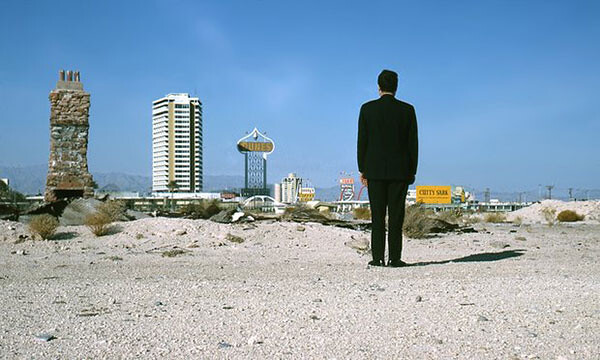

Robert Venturi in Las Vegas in 1966. Photograph: Denise Scott Brown/VSBA
Denise takes this picture of Bob, next to a broken down shack. You can see The Strip in the distance. Him with his back turned to us, the viewer, like a Magritte painting.
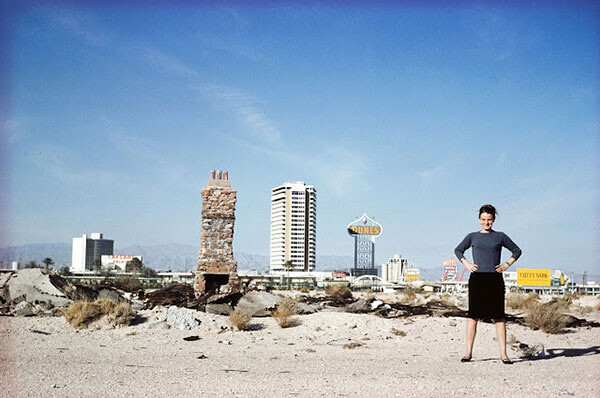

Denise Scott-Brown in Las Vegas in 1966. Photograph: Robert Venturi/VSBA
Here’s Denise. Standing in the landscape like the most electrified person you could possibly imagine. I’ve never seen someone look so absolutely excited by the idea of the urban environment. This is part of a studio they’re running at Yale University in 1968. They’re taking their students to Las Vegas. What they’re doing there is looking for weirdness. Bob’s love of Rome and Denise’s love of the West Coast produces perhaps the most important book about twenty-first century architecture: Learning from Las Vegas. It describes architecture’s relationship to modernity. But at the same time, it’s the most touching, beautiful, love-letter to a moment in time, to a place. That comes partly from a moment in their relationship where the world looked absolutely and endlessly fascinating. […] When you see some of the photographs—and Denise took endless photographs—it’s full of beautiful images. The one I love the most is an intimate moment between Bob and Denise driving down The Strip, Bob with his arm on the back of Denise’s chair. At this moment you can see an absolute love of architecture and between themselves, a romance of all these things simultaneously. And it produces a new way of looking at architecture, of seeing the world in a different way. It is a period of psychedelic joy in the possibilities of the world.
Gilles Deleuze and Félix Guattari by Aaron Schuster
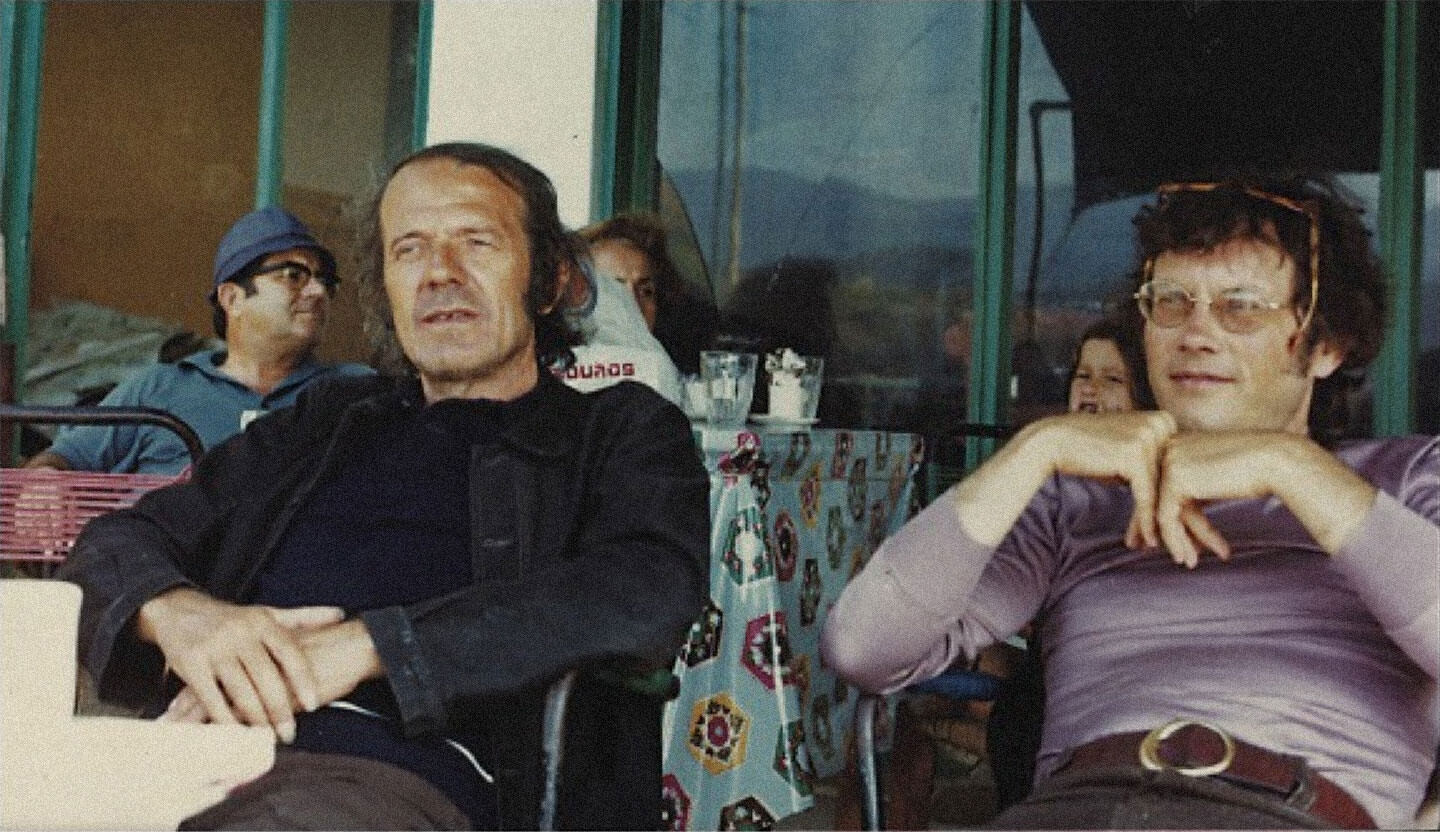

Gilles Deleuze and Félix Guattari lounge in an esplanade. Unknown date.
What is friendship? What is a couple? What is love? There is a strange figure of the “two” that runs through Gilles Deleuze’s collaborative work with Félix Guattari as well. Deleuze is known as a philosopher of multitudes, speed and becoming. More profoundly, though, Deleuze was a thinker of solitudes. He hated travel. The most exciting encounter, he’d say, is to stay at home and read a book. Solitude remains an essential category of his thought. […] For friendship to be true, there needs to be something that remains mysterious. You don’t know when the friendship happened, but, it occurred. Deleuze and Guattari also developed this idea together. If you’re really friends with somebody it’s because you’re able to grasp something in them that somehow takes them out of themselves. Deleuze would call this, their “grain of madness.” This is the real charm of a person. The two of them met in June 1969 and then they worked together for more than twenty years. Guattari was one of the directors of a clinic called La Borde, where he was thinking about groups, in terms of institutions. How do institutions function and malfunction? For Guattari, the therapeutic relation was not a couple, not a patient and an analyst. But, he asked, how can the group itself become a therapeutic environment? This is Guattari’s early work on “transversality.” He already felt a kinship with Deleuze’s ideas before he met Deleuze. And Deleuze himself was interested in clinical problems, and particularly in psychosis. But he had no direct access to psychotics or schizophrenics. So, when Deleuze met Guattari, sparks fly, and the first discussions end up in their book, Anti-Oedipus. However, their work together was not without trouble. Deleuze described their roles as, “Guattari was the diamond miner, and I was the polisher.” A few years later, in 1973, Deleuze wrote to Guattari, “You respected my solitude, and I your groups, without interfering.” How is it that these two positions would come together? How does that allow us to think what a couple is? Is the real figure of the couple not simply two people, but, maybe, more abstractly, metaphysically, a couple is a combination of a solitude and a group? One finds this precisely articulated in their 1980 book, A Thousand Plateaus, where they speak about a “populous solitude.” Multiplicity? Yes. And also elements that remain unconnected to each other. […] Deleuze and Guattari were both deeply engaged with psychoanalysis. Yet, in all his writings, Freud never gives a definition of love. But, he suggests, it’s through the distortions of love, the way love fails, is how we can grasp what love is. Which is: a set of mutually compatible symptoms. […] Instead of a dialogue, love is a matter of intersecting monologues.
Gertrude Stein and Alice B Toklas by Guy Mannes-Abbott
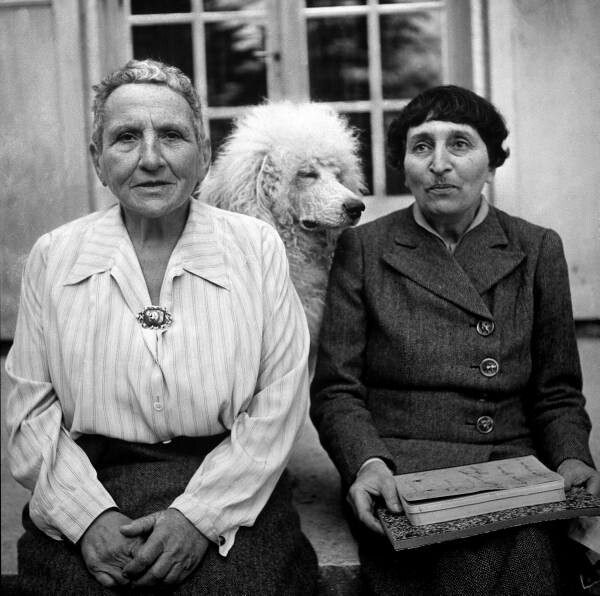

Carl Mydans, Gertrude Stein and Alice B. Toklas, 1944.
They met in Paris in September 1907. Gertrude asked Alice on a date the next day after which they remained together until her death in 1946. Gertrude was living with her older brother Leo, in an apartment on rue de Fleurus that was covered with the modernist art collected since settling there in 1903: Matisse, Cézanne and Picasso. For a while this was the only place that Picasso could show his work to anyone interested in it and their Saturday salon became a famous institution amongst artists and émigrés, and a legend beyond that. Quickly Alice took on the key role of typing up Gertrude’s nightly productions, a role she performed for decades. They were living together within a year, sidelining Leo who got a studio elsewhere and was shunted out finally in 1914. Brother and sister never spoke again. Let’s draw focus on their passion: the love and work. The following is from Diana Souhami’s glorious book Gertrude and Alice:
‘“Our pleasure is to do every day the work of that day,’ wrote Gertrude, ‘to cut our hair and not want blue eyes and to be reasonable and obedient … Every day we get up and say we are awake today …’ Alice’s work of the day was to serve Gertrude, who liked to read, write, wander around, drive cars and talk. Alice was secretary, cook, publisher, housekeeper and ministering angel. She did the knitting, sewing, house- keeping, dusting, typing, ordered books from Mudie’s lending library in London, supplied etymologies of words, references for poets, pronunciations of Spanish, corrected Gertrude’s French, kept the house filled with acacia, honeysuckle, roses and tulips, answered the telephone, did the filing, carried Gertrude’s bag and served all meals promptly. When they went on holiday Alice did the packing. ‘She is very necessary to me … My sweetie. She is all to me,’ wrote Gertrude, who was freed from all domestic chores and could concentrate on her work. ‘It’s hard work being a genius. You have to sit around so much doing nothing,’ she said.”
So we circle back to The Autobiography of Alice B. Toklas, which wasn’t of course an autobiography. What was it? […] Primarily, it was also an autobiography, but not of Alice. It was a biography: not one authored from outside, but from inside, albeit in another’s voice… I linger with this because while this is one of the most conventional prose-like works of Gertrude’s it is also properly strange. That is, Gertrude adopted Alice’s recognizable voice, exorcising as many Gertrudisms as she could identify, though not all, to write a memoir of her own life and times.
Marina Abramović and Ulay by James Westcott
Marina Abramović and Ulay lived, loved, and worked together for thirteen years in an incredibly intimate, intense and explosive all-consuming relationship. Their performances together were basically a series of contracts. And those contracts dictated how they lived. They tried to give those contracts sacred status by devoting unimaginable amounts of work, unimaginable amounts of effort and unimaginable amounts of pain to it. There’s a sense in retrospect that Marina and Ulay were both pushing themselves, individually, over a cliff just before they met each other. There was no further they could go by themselves. […] They didn’t have a marriage contract but they did buy a Citroen HY van together and write a manifesto. They called it Art Vital and it was a list of rules for their life on the road together. Their relationship would consist of a set of ideals and pure ambition, to see what their bodies could do together. This contract between them became so stringent that it gathered the force of a covenant. And each individual performance was like entering into an individual covenant—there was no question of breaking it. If great relationships need to be about a third thing, theirs was about a performative mode of living on the road. Marina would take on the traditionally feminine roles in the relationship: cooking, cleaning, knitting and entertaining and charming the art world. Abramović lapped up the adulation; Ulay hid from it. Ulay would handle paperwork and finances. They were starting to become symbiotic. They called each other “glue.” […] The closest they got to a ceremony was when they each got a tattoo of the number “3” on each of their ring fingers in lieu of wedding rings. The “3” I think symbolized the third thing their relationship was about: the work. The tattoos would fade off after a few years. […] A paradox begins to seep into their work: the more raw and authentic it is, the more it feels like the performance of a series of metaphors for relationships, for desire. The more “real” it is, the more abstract it gets. But they were tied to a contract, a promise they’d made to each other. They’d stated that they would perform Nightsea Crossing ninety times. That means ninety days. Only then would it be done. Even though their contract with each other was already being broken, they were still willing to fulfill its other terms—it almost had the force of a covenant. In a kind of recurring nightmare around the world, they’d reperform Nightsea Crossing, in galleries, basements, even in a plaza and once, in Japan, in a pit. The work compelled them to carry on. They’d been planning a walk across the Great Wall of China for several years. They would each start from opposite ends. It would culminate in them meeting in the middle and getting married. Instead it was an arduous divorce ceremony, called The Lovers. That was the end of their collaboration.
Broadway and Fifth Avenue by Natasha Sandmeier
Hundreds of years ago, the Wickquasgeck Trail was carved into the landscape of Manhattan, winding its way through swamps and around rocks. It now calls itself Broadway Avenue and is the only street that cuts across Manhattan’s otherwise resolute grid. Broadway runs the entire twenty-one kilometers of Manhattan and then carries on for a further thirty-two kilometers through the Bronx and the outer boroughs. It runs from the very bottom of Manhattan at Battery Park, up through Lower Manhattan. Once it hits 10th street it gets derailed from the grid and begins its diagonal cut through the city until it hits West 79th, at which point it straightens out and shoots through the rest of the island until it exits via the Bronx into Yonkers and beyond. It keeps going for another twenty-nine kilometers. 5th avenue, on the other hand, was commissioned in 1811 and for many years remained a predominantly residential street until 1893 when the Astoria Hotel was built. It was already the site of the elite by the mid to late 1800s, and now of course, has become one of the most expensive shopping streets in the world. For more than a third of its length it runs along the east side of Central Park. The meeting of the grid and the diagonal triggers a confetti of triangular or otherwise angled plots. The collision creates weird residual spaces that are too difficult to develop. Some are empty. But the most famous of these results in The Flatiron Building. The southern wedge is its home. Designed by Daniel Burnham in 1902, its iconic shape marked an area that became known as the Flatiron District—after the building which took its name, predictably from the shape of an old iron. Regardless of the building’s own identity, it is absolutely the prodigal child of 5th & Broadway. Two streets each with their own identity, whose trajectory literally shape their offspring.
Empire State Building and the Chrysler Building by Madelon Vriesendorp
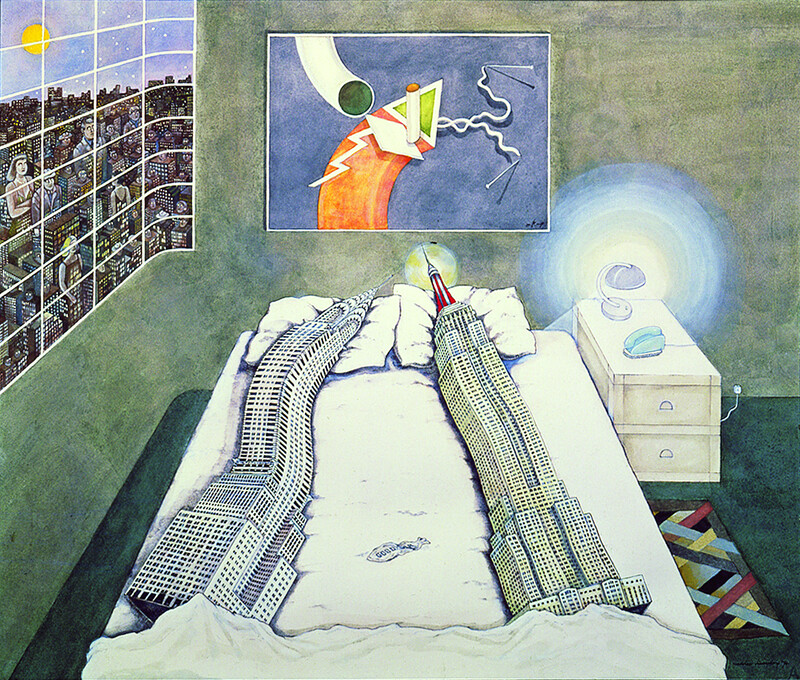

Madelon Vriesendorp, Apres L’amour, 1975.
It was the early 1970s. Rem [Koolhaas] was very interested in the future, and I was interested in the past, what the past was like. That divided our collections very much: his postcards of New York and my souvenirs of Americana. I had already made one painting of Lady Liberty [from the Statue of Liberty] falling backwards onto New York while we lived in Ithaca, Upstate New York. In Manhattan, I started the paintings of the buildings in bed together. In the 1930s, the Empire State and Chrysler Buildings were being built and were sort of competing: which was going to be the tallest? Both were important in Rem’s story of the beginning of the skyscraper. It struck me that the Empire State was masculine, and the Chrysler Building was sort of dressed up with lots of jewelry and little details that were very feminine. There is a phenomenon where people fall in love with inanimate objects called “Object Affection.” For example, a woman fell in love with the Berlin Wall. If this was possible, then, inanimate objects should be able to fall in love with each other too. I did lots of little sketches with the Empire State and the Chrysler in bed with one another, then, Rem said, “Modernity has to come in.” So he forced me to put the Rockefeller Center into the scene, catching the other two in the act. It’s about relationships.
Jenny Awford and Chris Spargo, “‘And that, my friends, is what they call closure,’” Daily Mail (20 September 2016), www.dailymail.co.uk/news/article-3798642/Jennifer-Aniston-memes-flood-Twitter-Angelina-Jolie-Brad-Pitt-s-shock-split.html.
“Couple Format,” Format, http://format.aaschool.ac.uk
Habib Sadeghi and Sherry Sami, “Conscious Uncoupling,” goop, http://goop.com/conscious-uncoupling-2/
Superhumanity is a project by e-flux Architecture at the 3rd Istanbul Design Biennial, produced in cooperation with the Istanbul Design Biennial, the National Museum of Modern and Contemporary Art, Korea, the Govett-Brewster Art Gallery, New Zealand, and the Ernst Schering Foundation.
Category
Subject
Superhumanity, a project by e-flux Architecture at the 3rd Istanbul Design Biennial, is produced in cooperation with the Istanbul Design Biennial, the National Museum of Modern and Contemporary Art, Korea, the Govett-Brewster Art Gallery, New Zealand, and the Ernst Schering Foundation.
